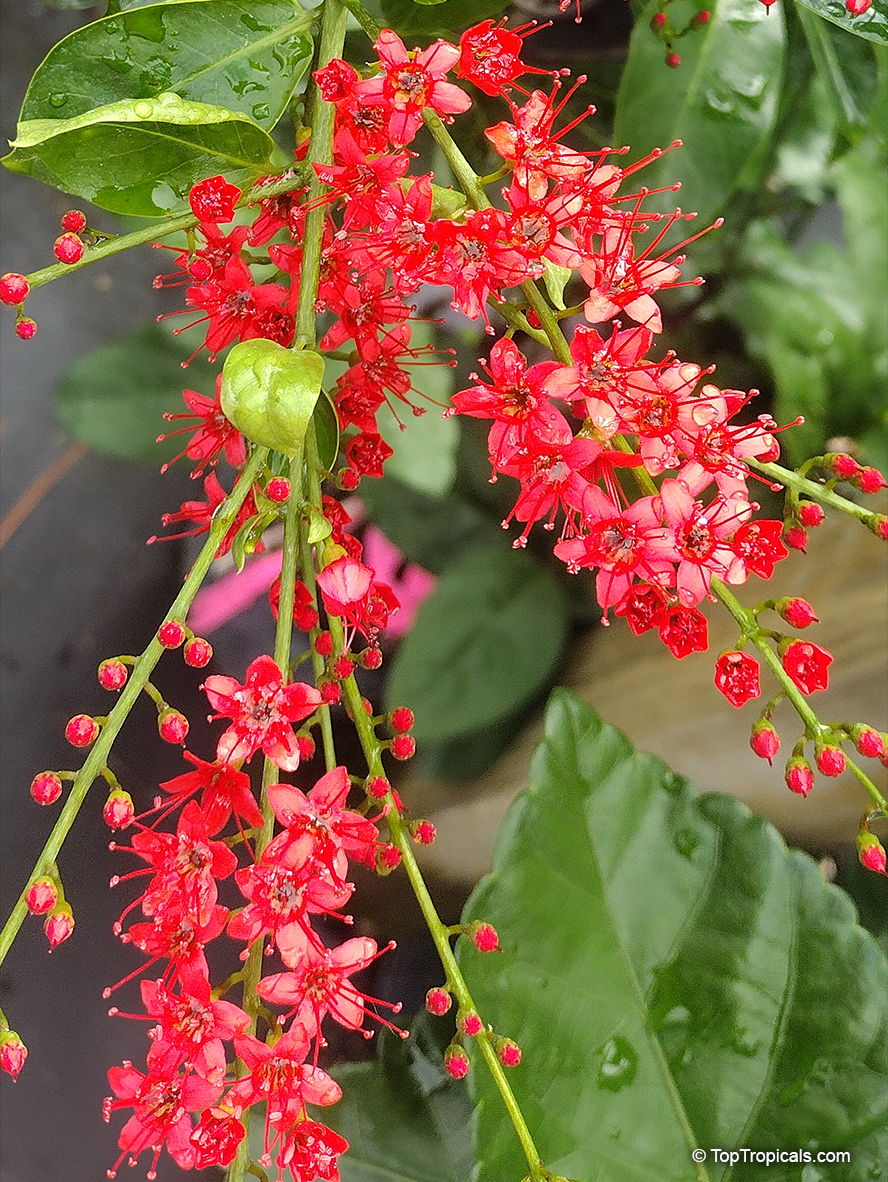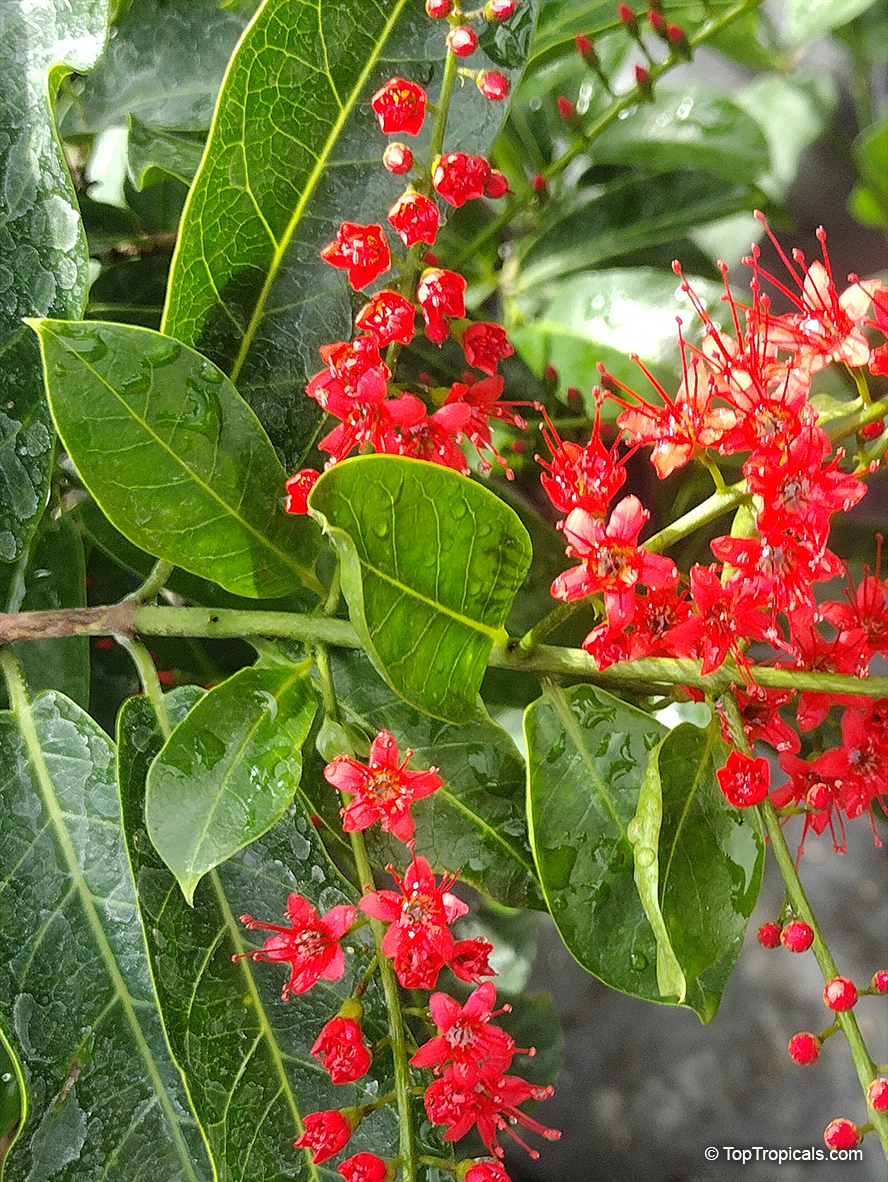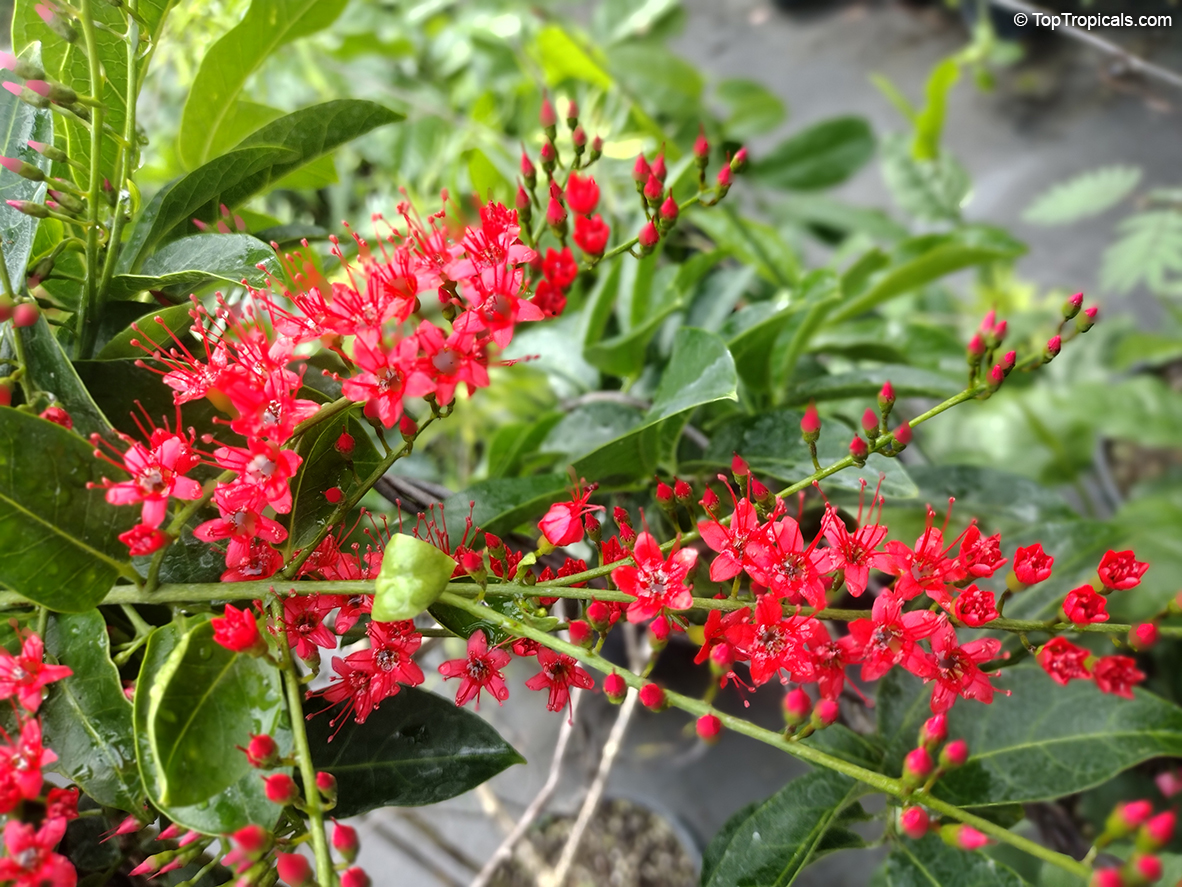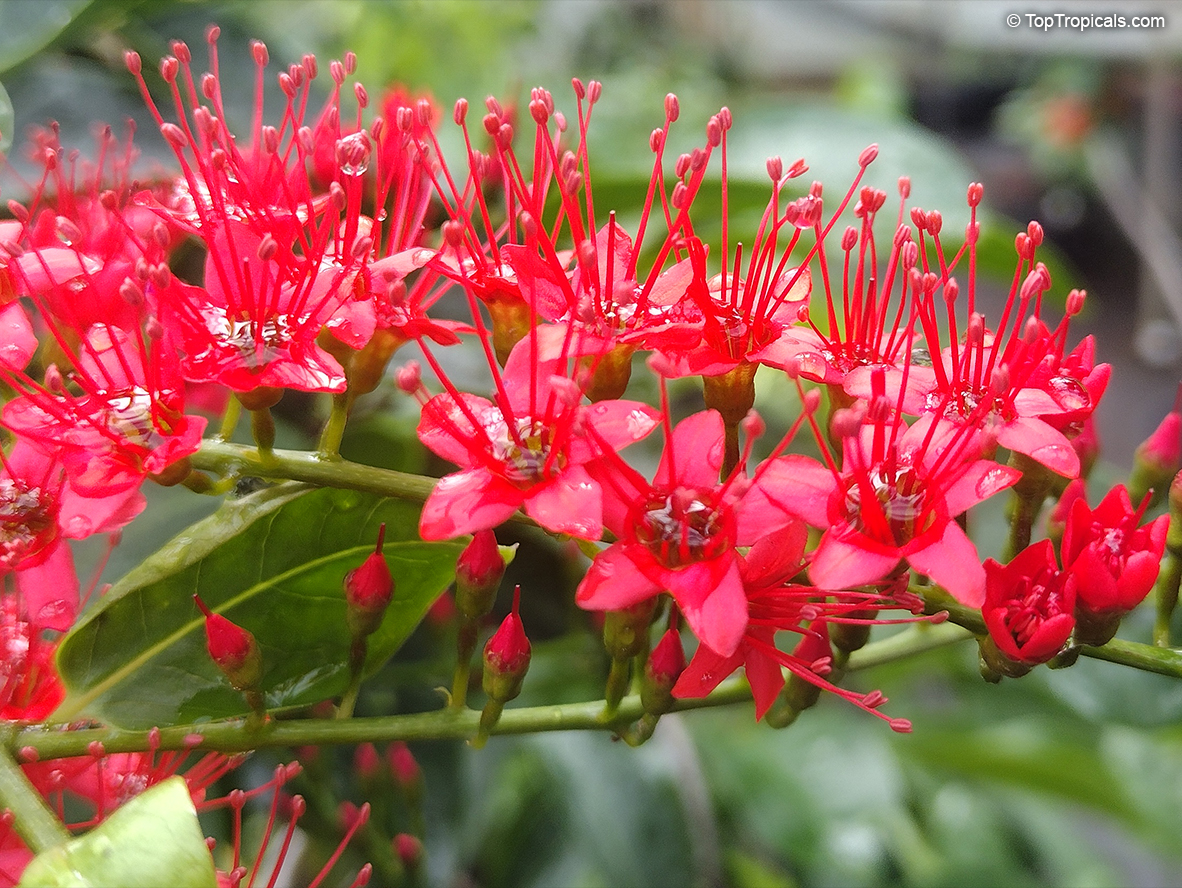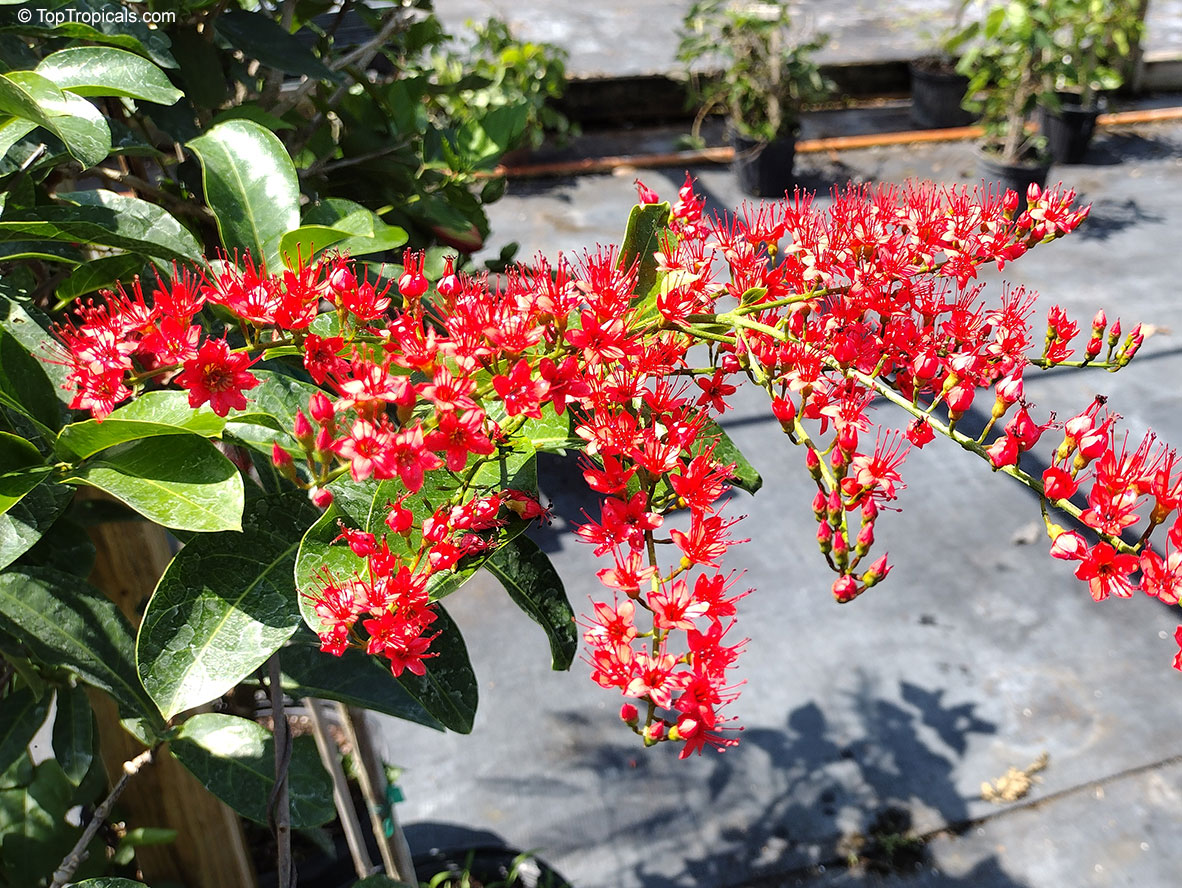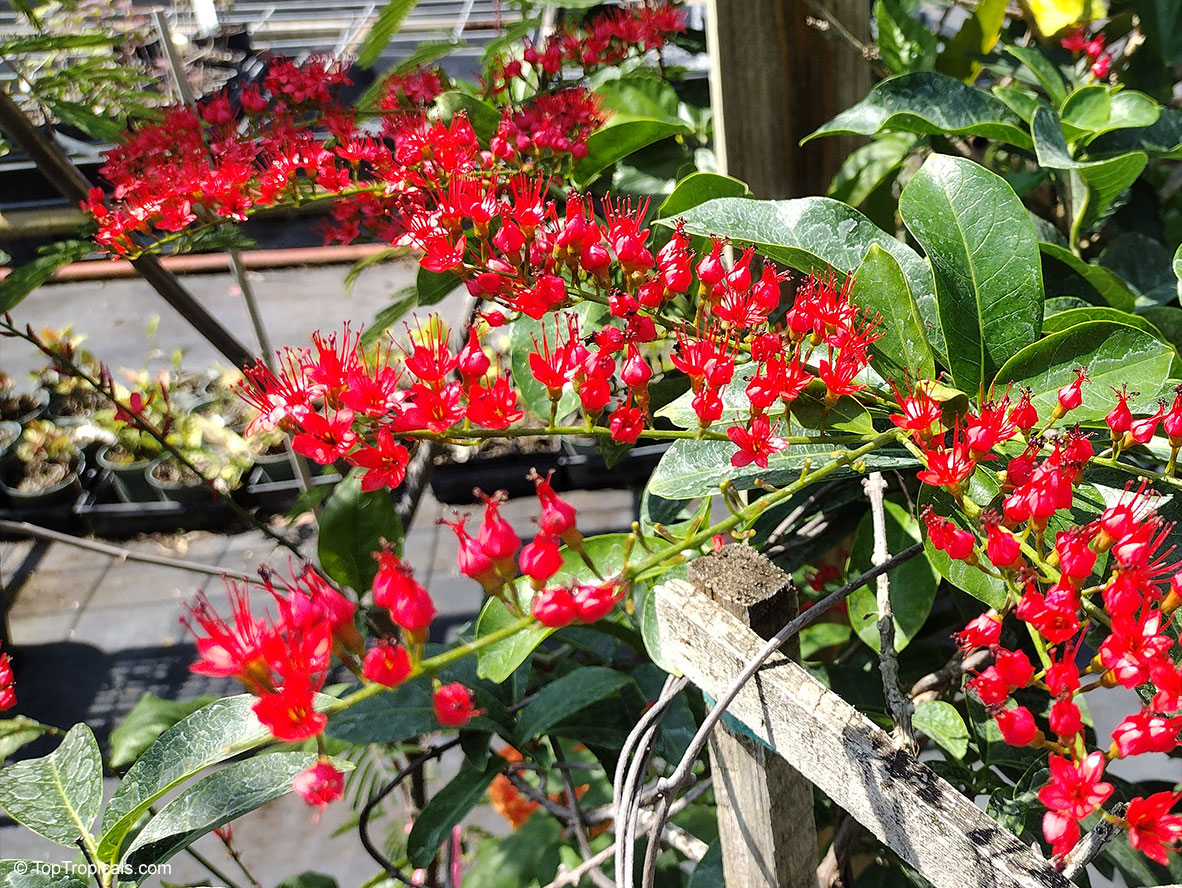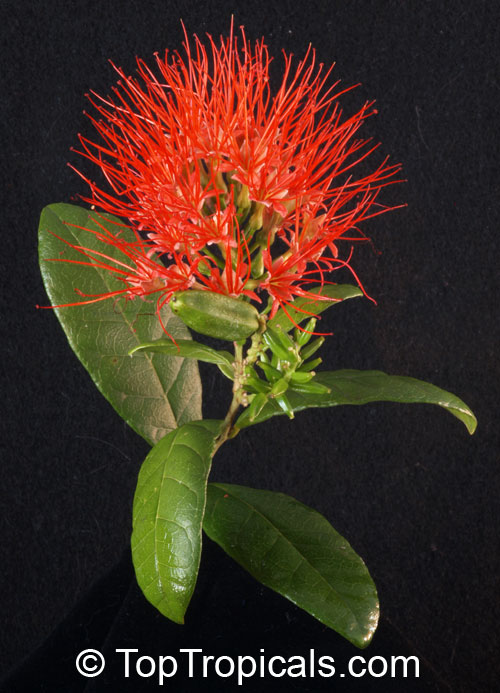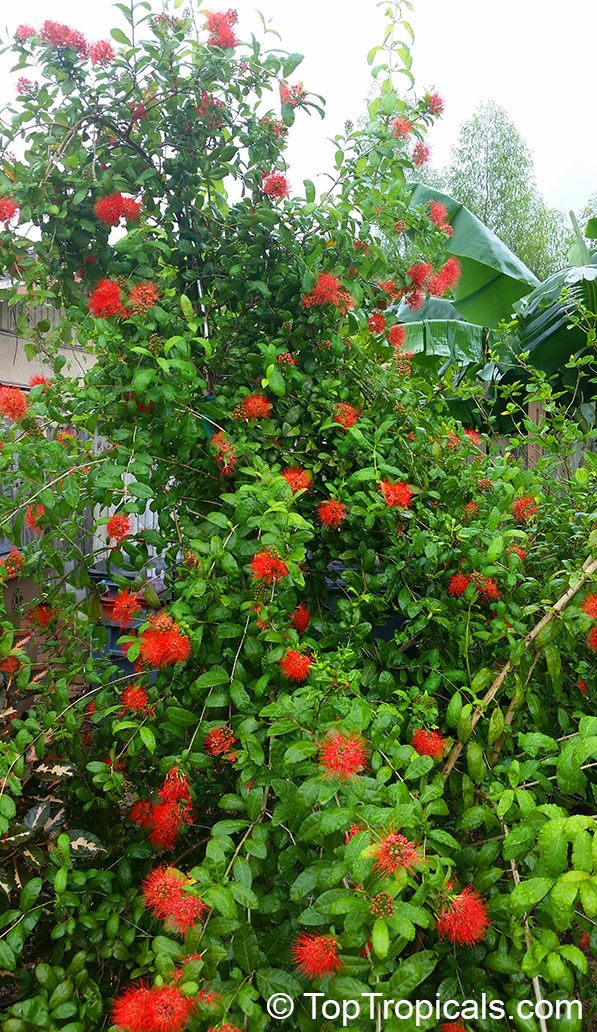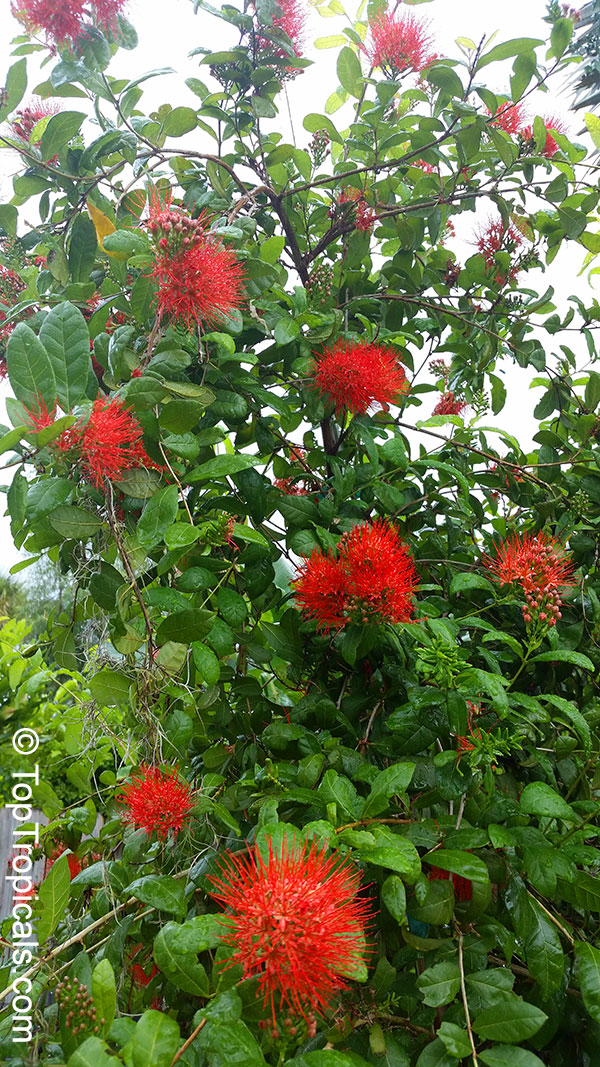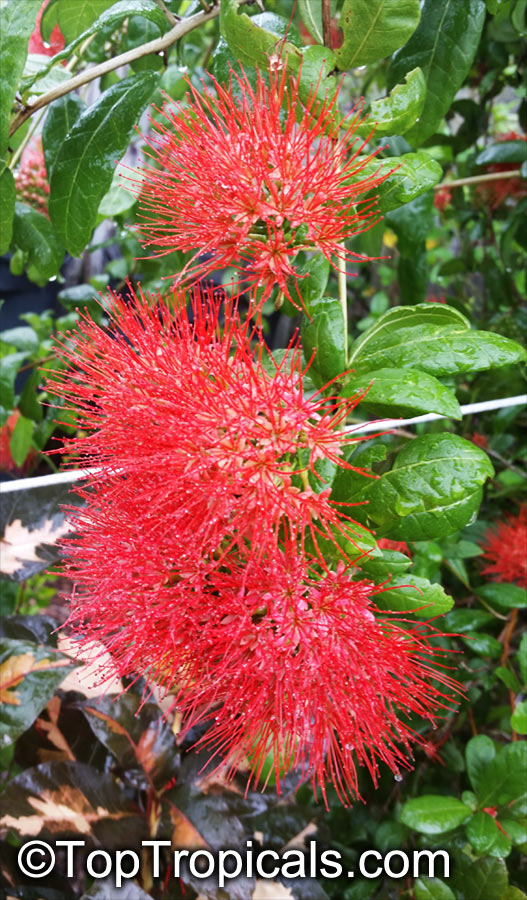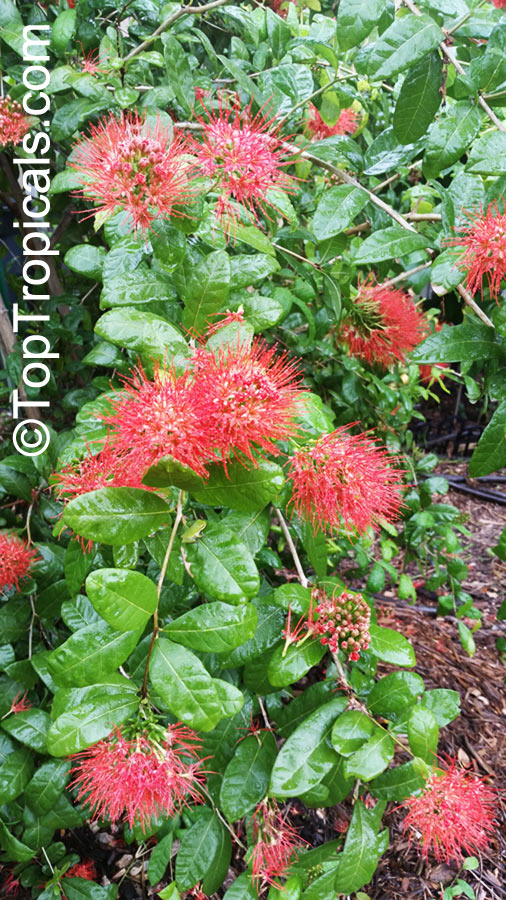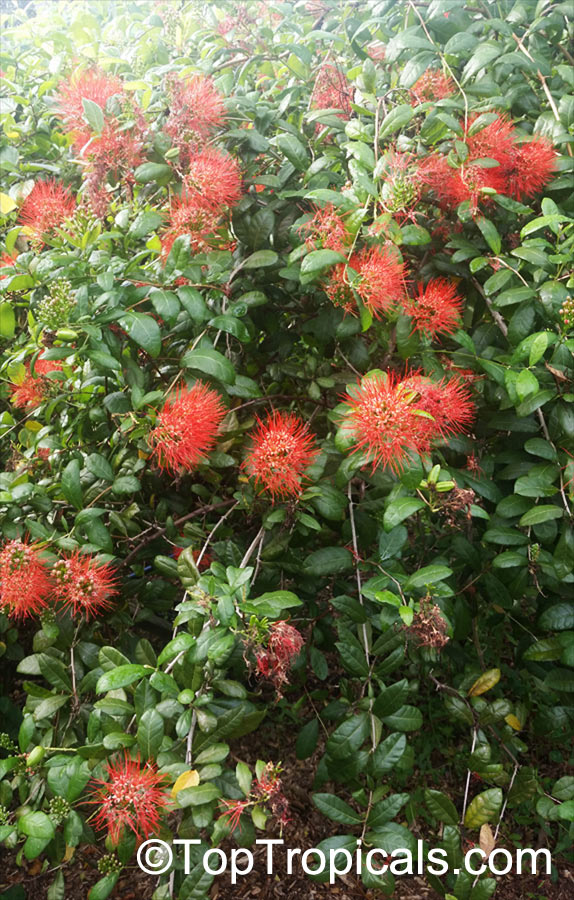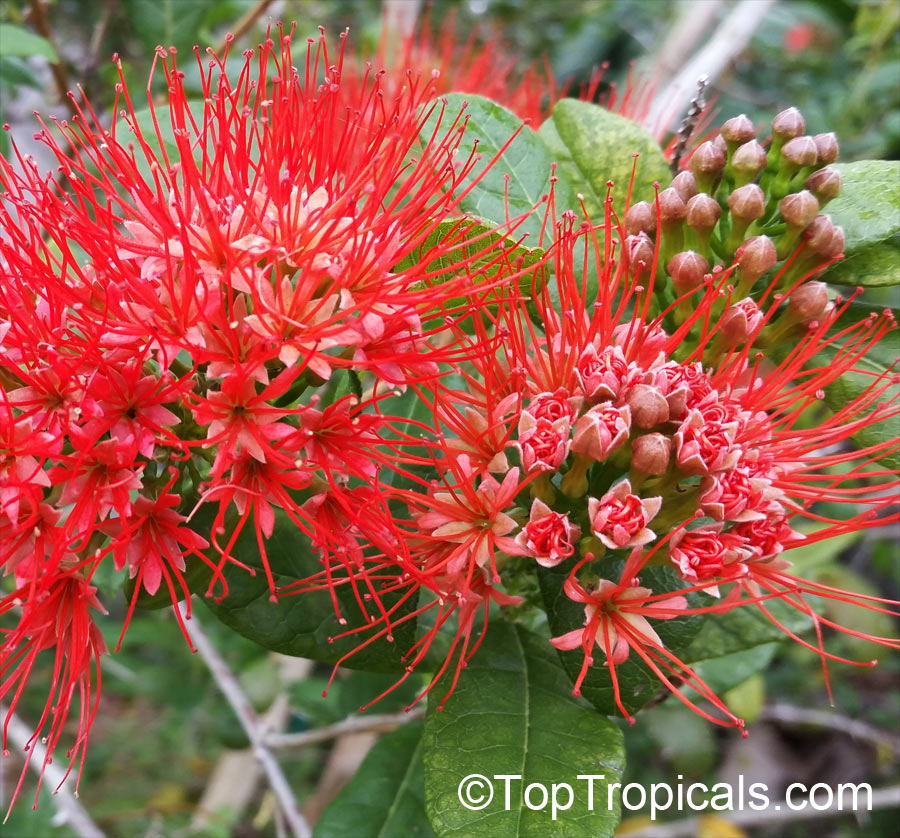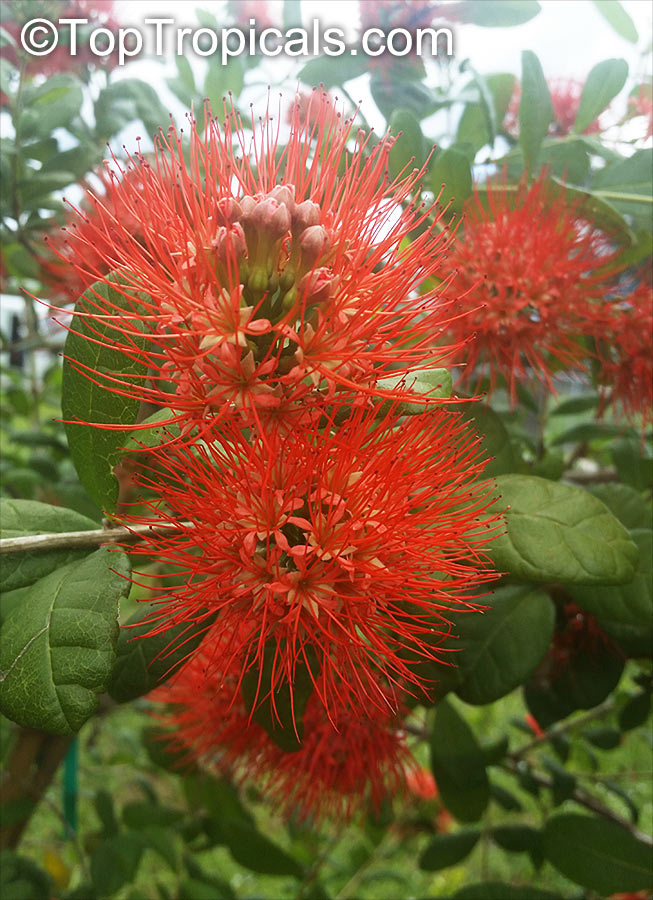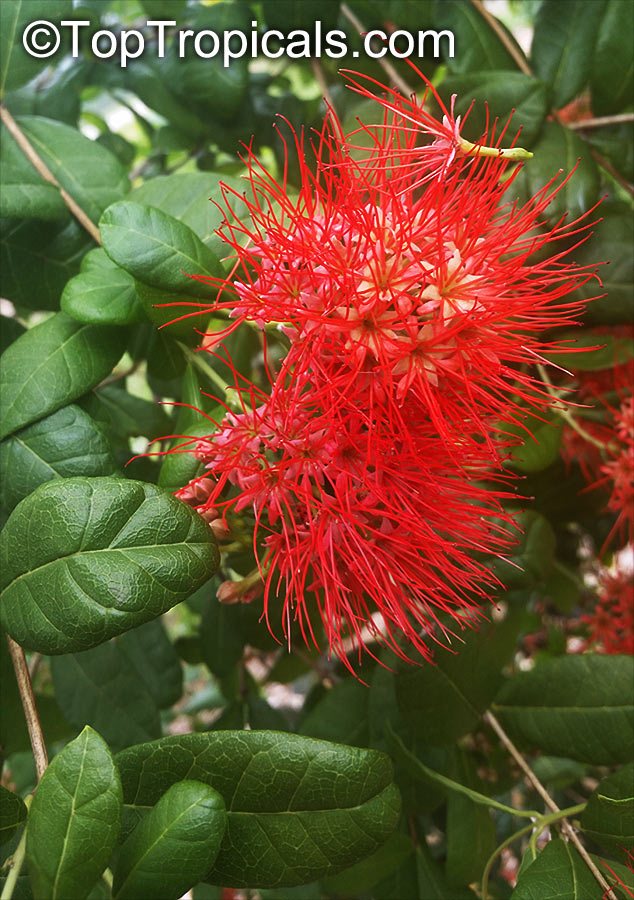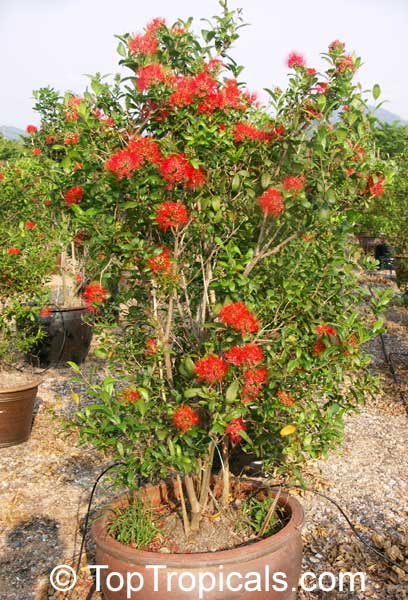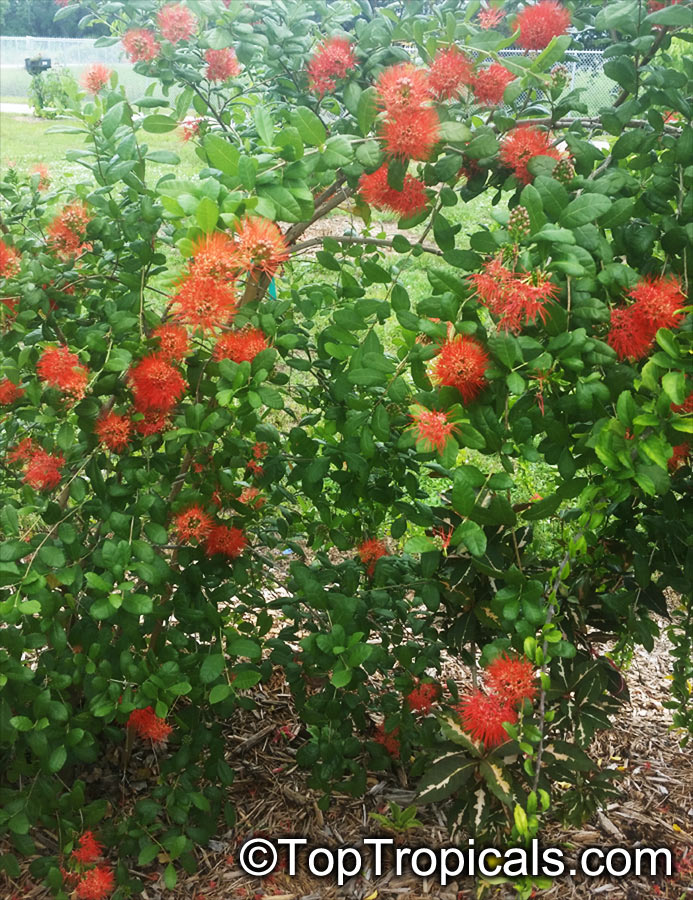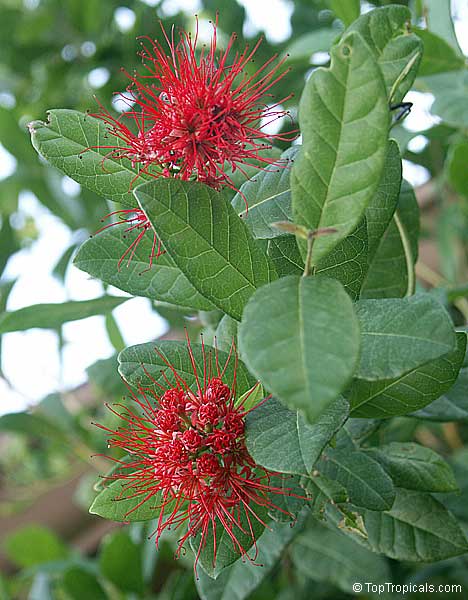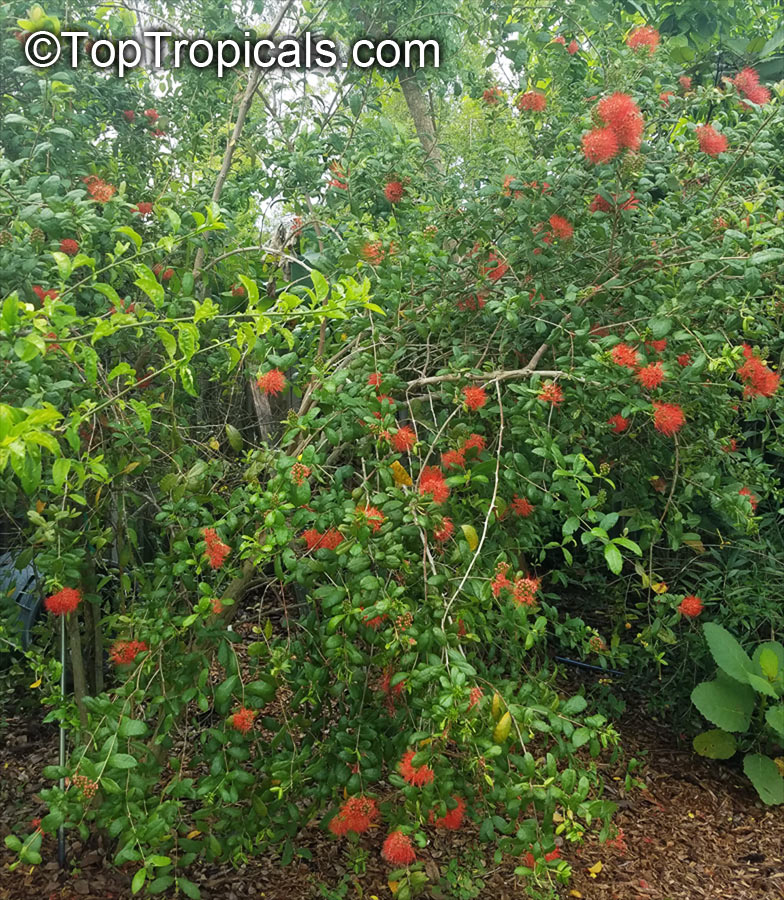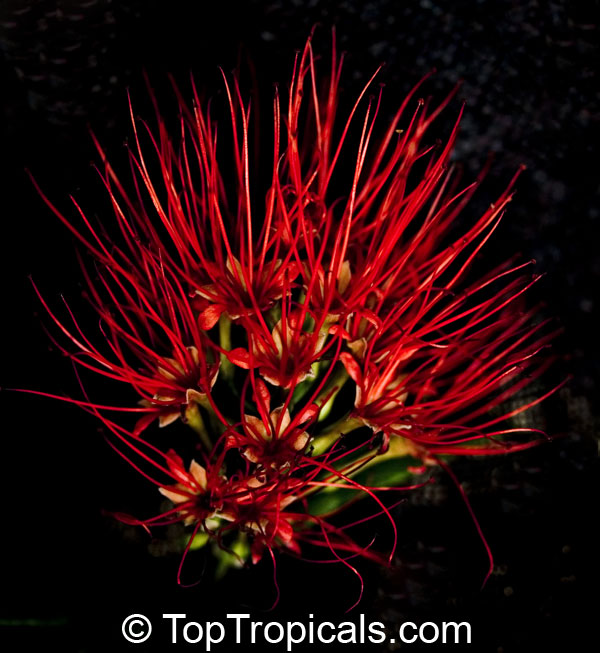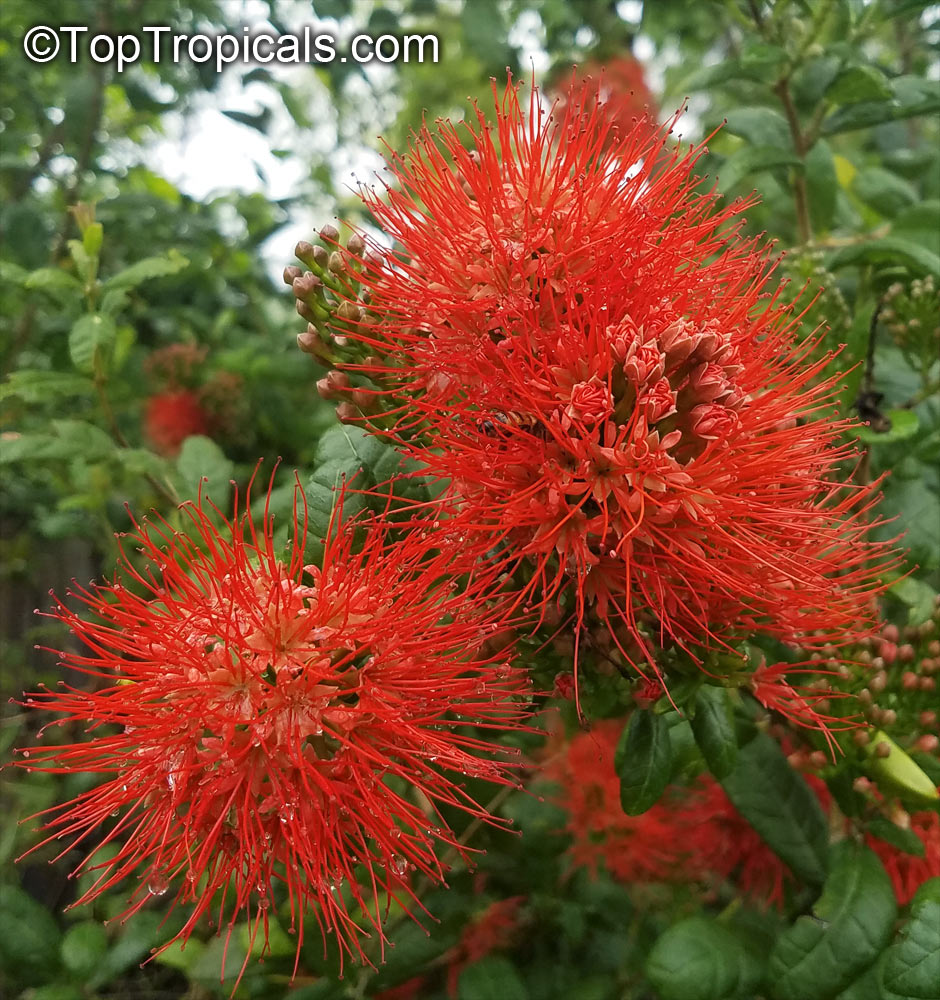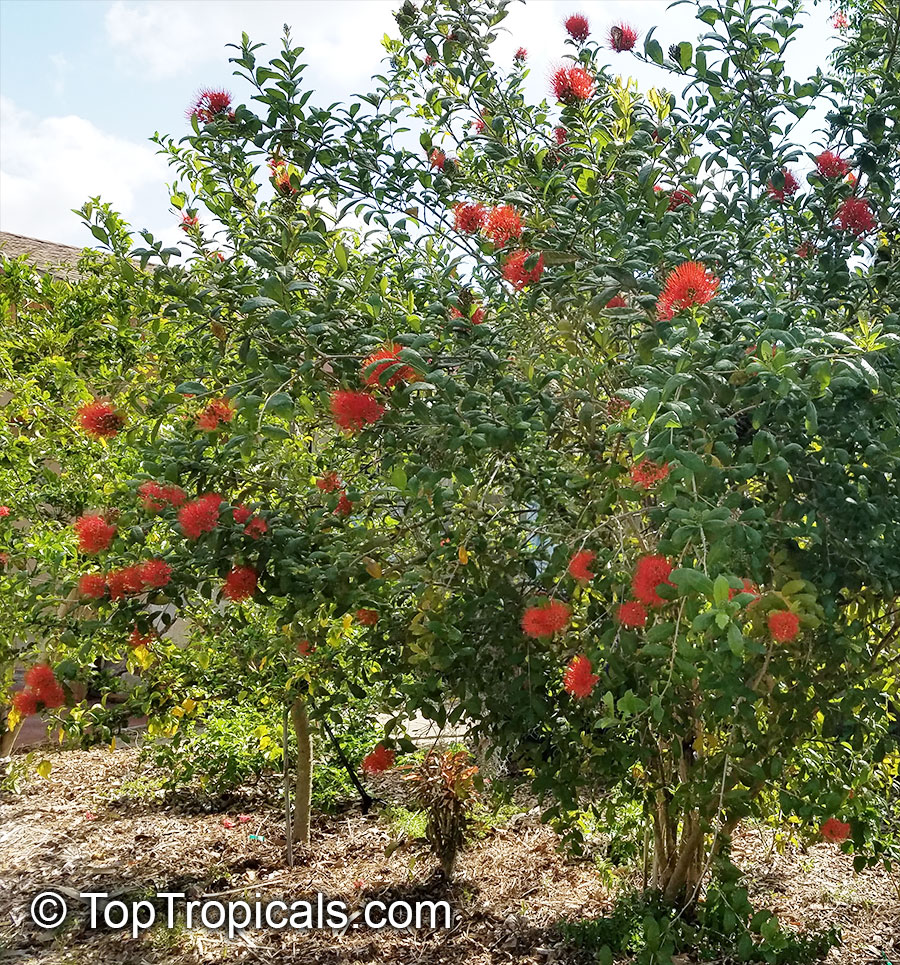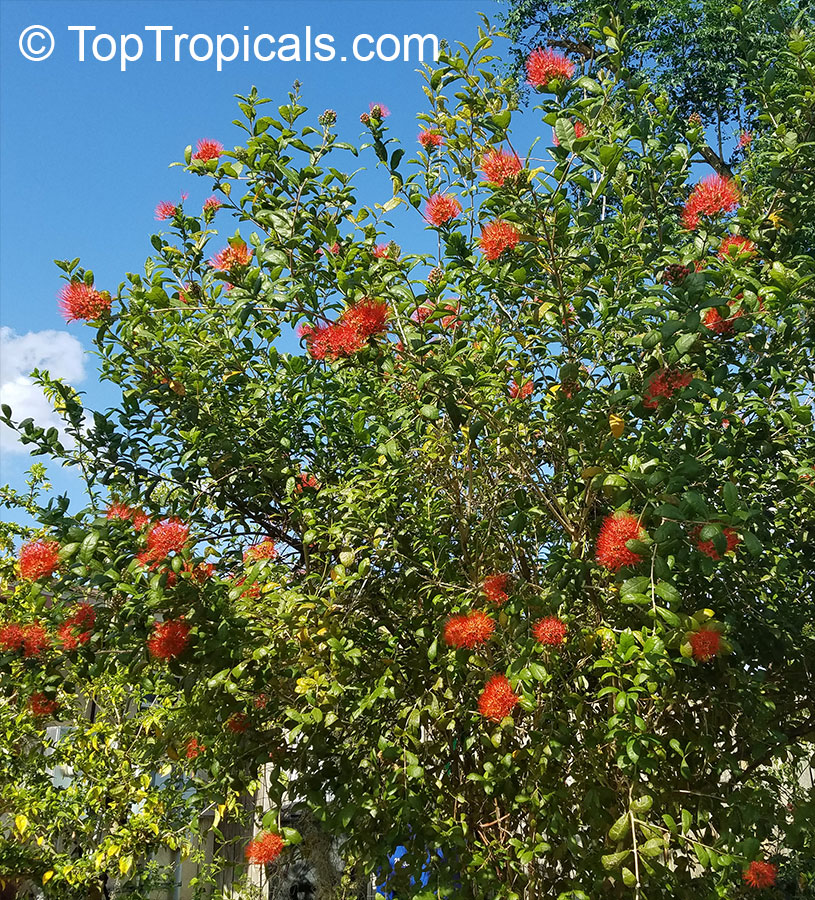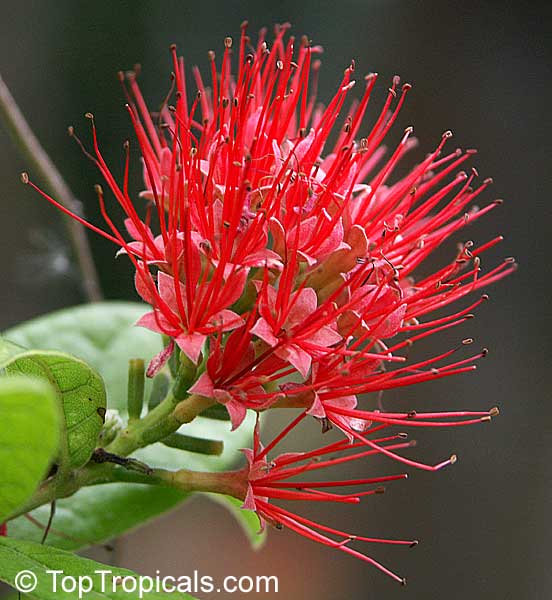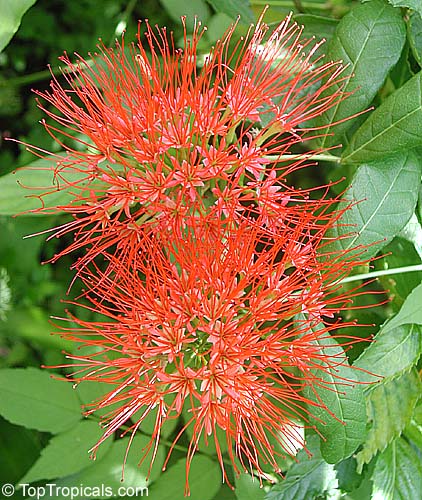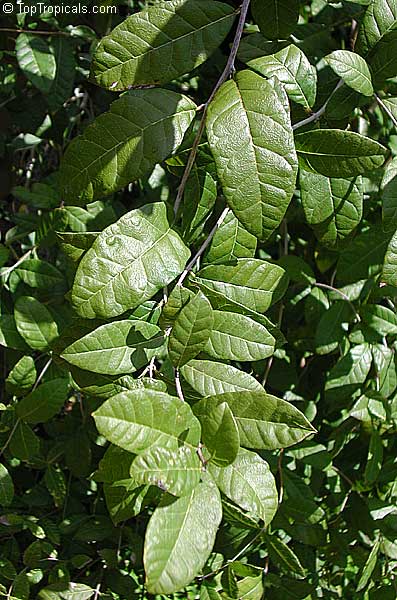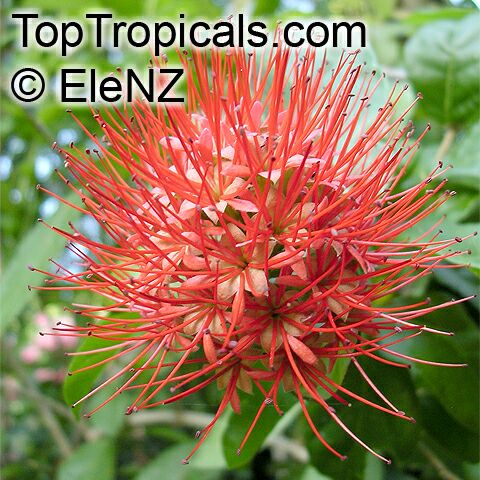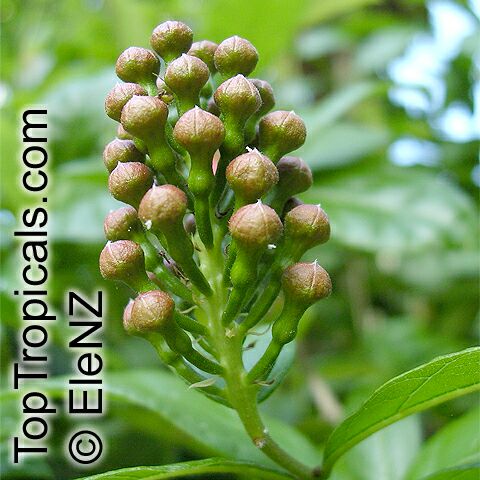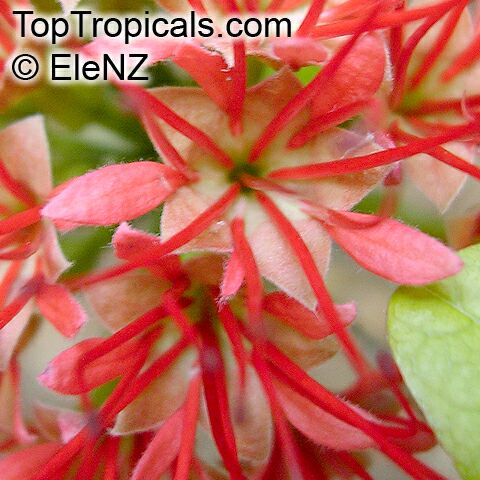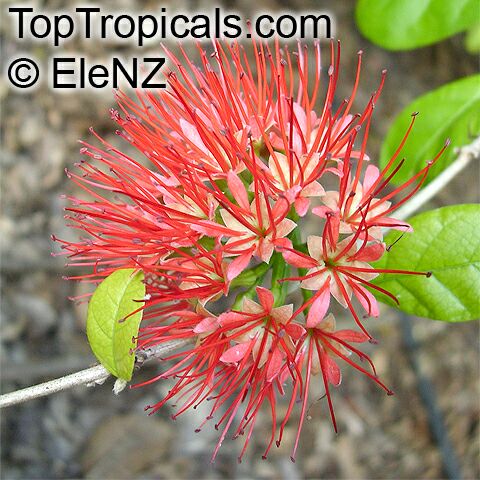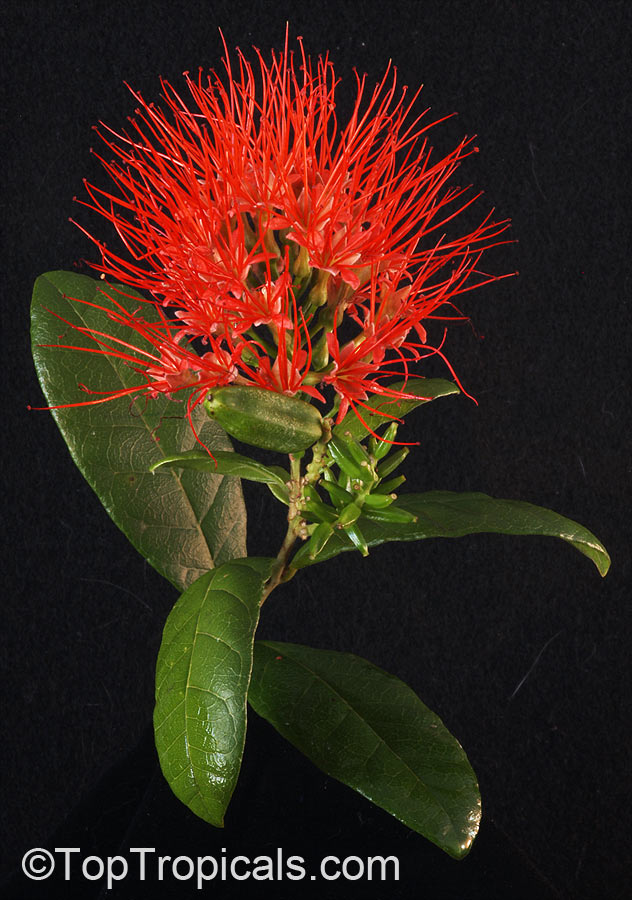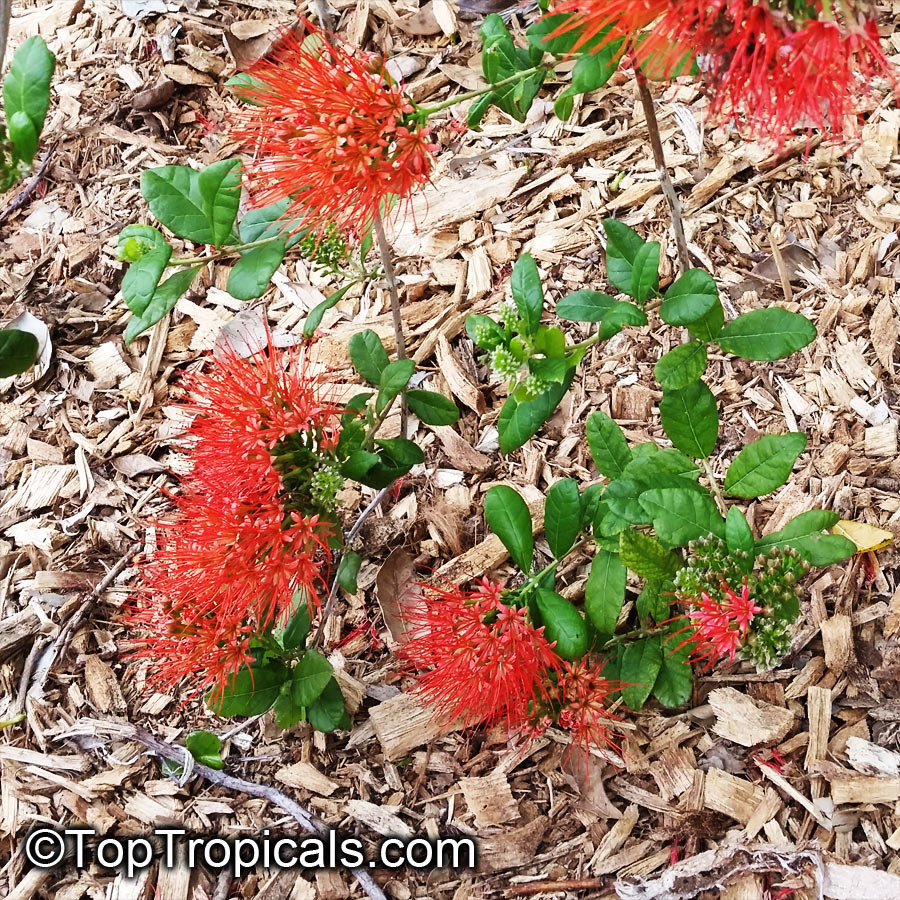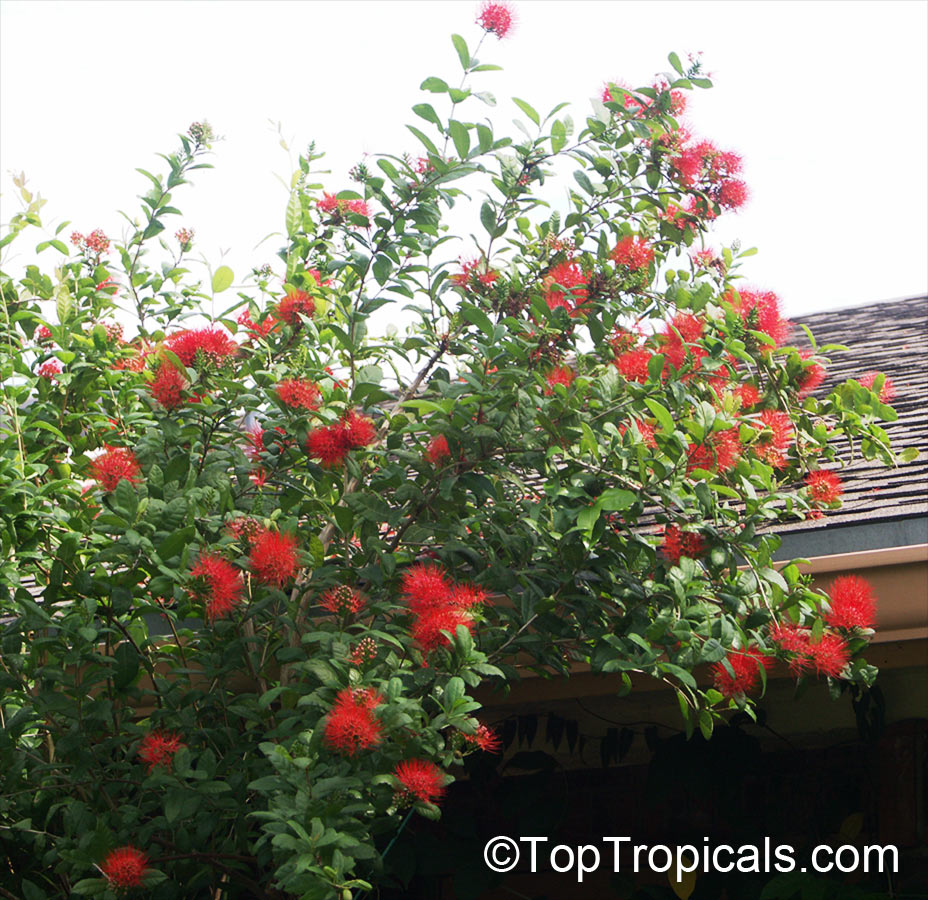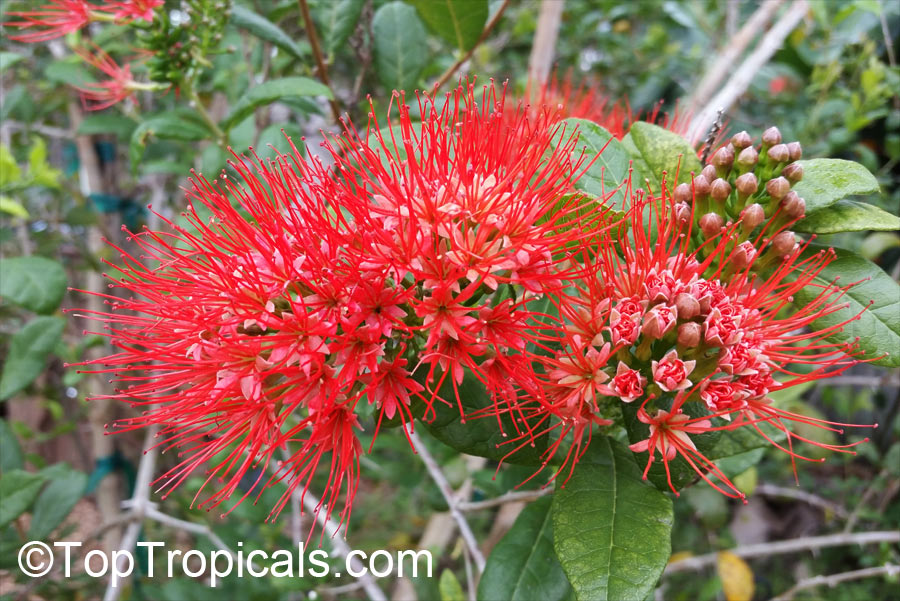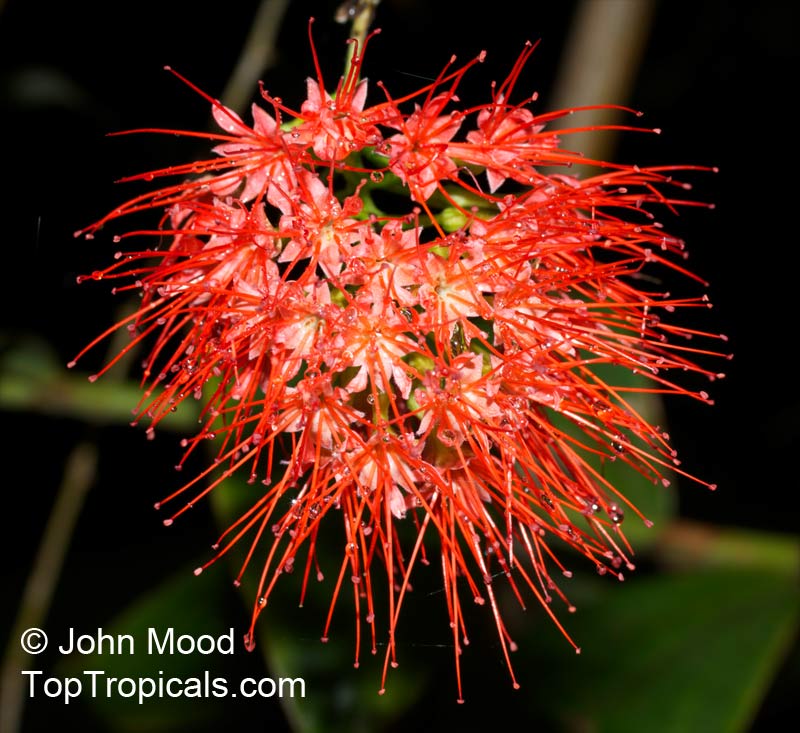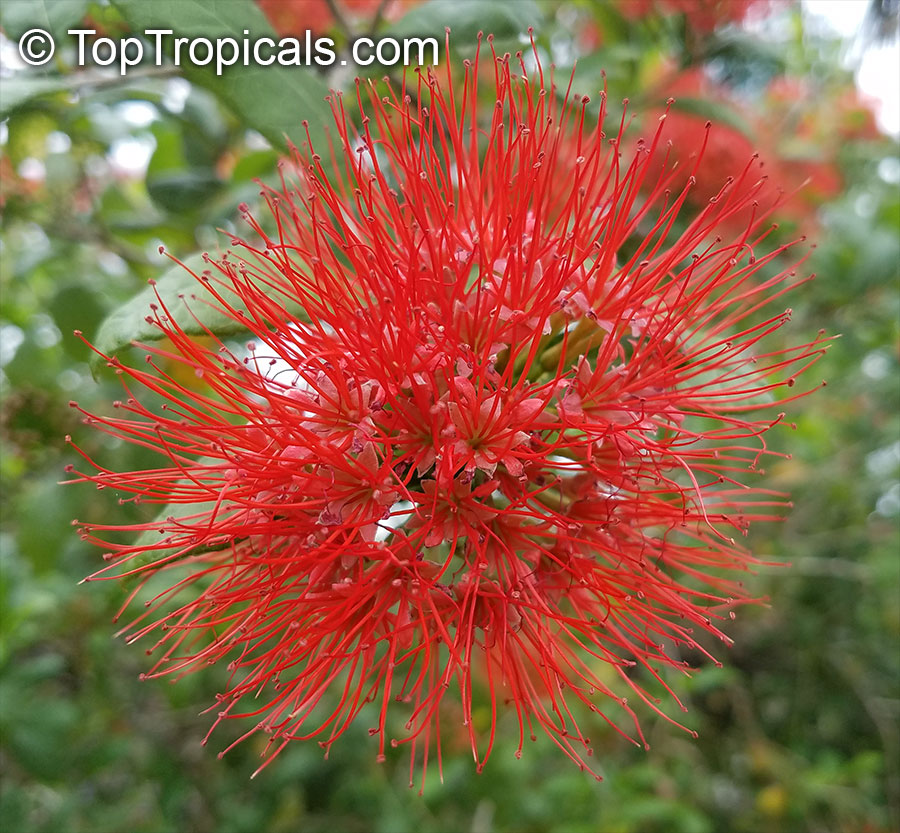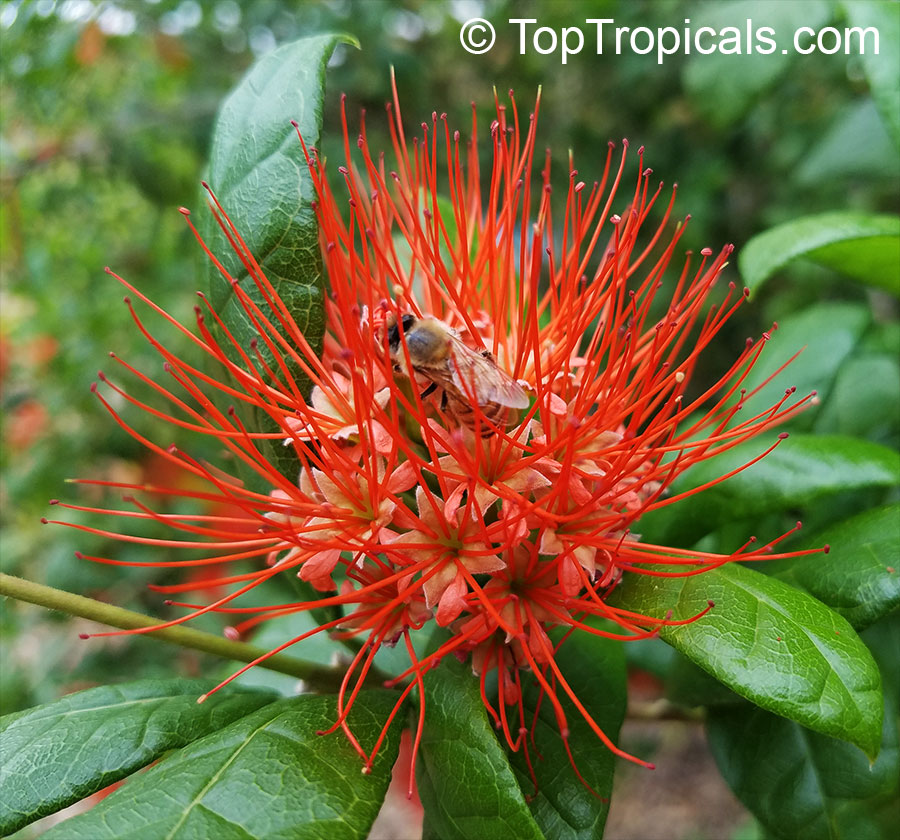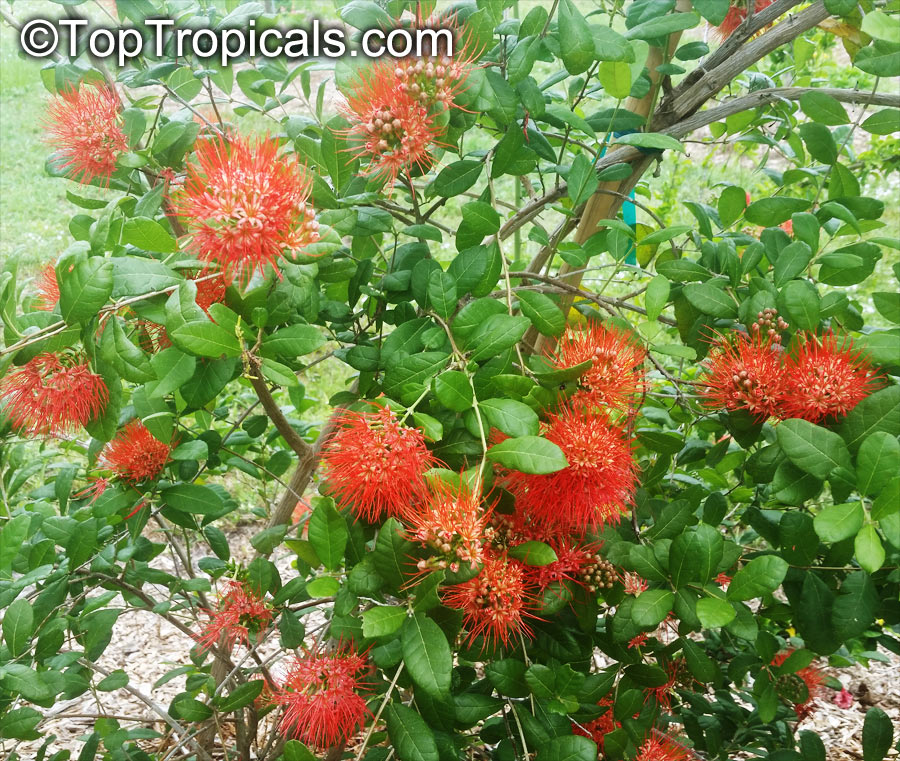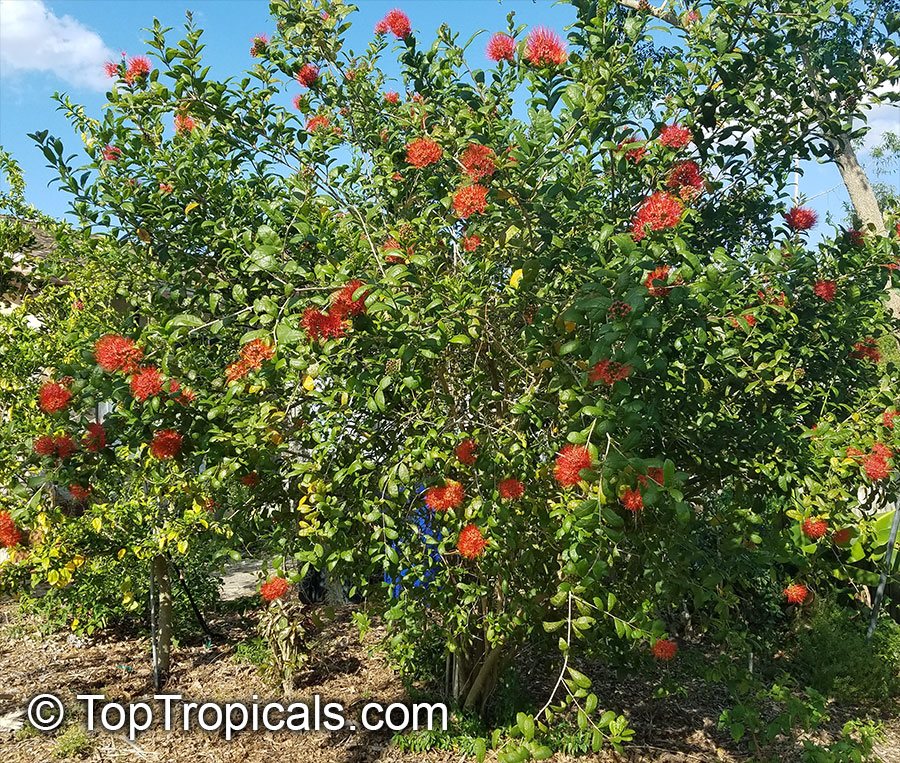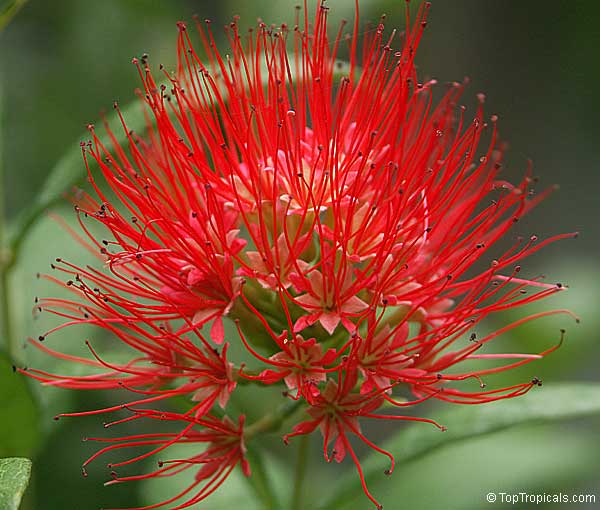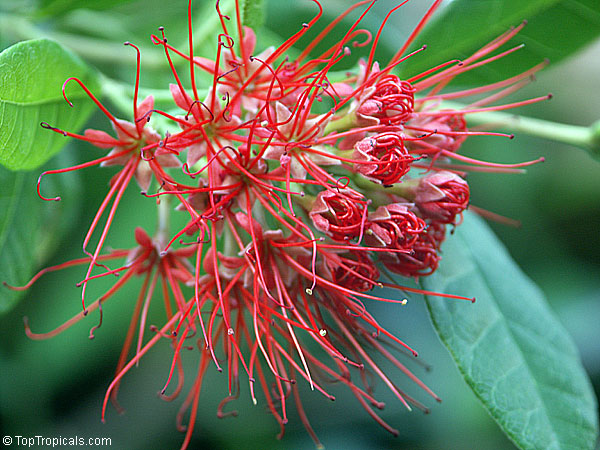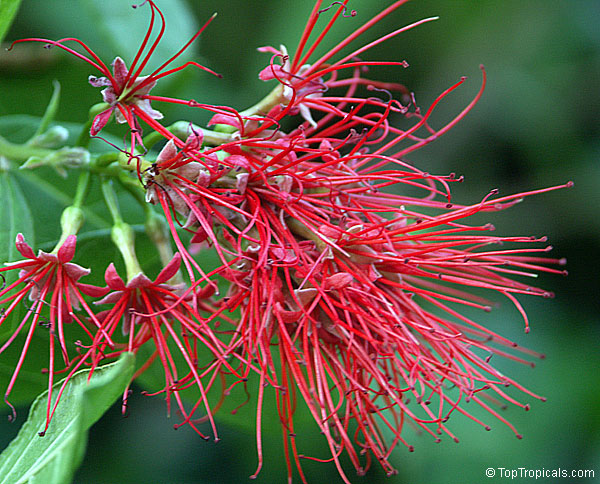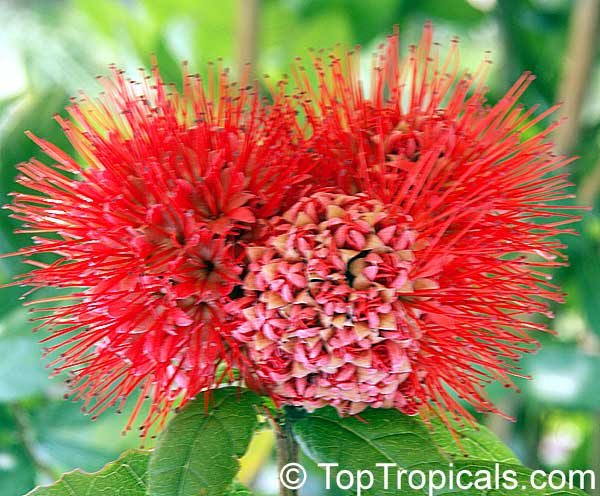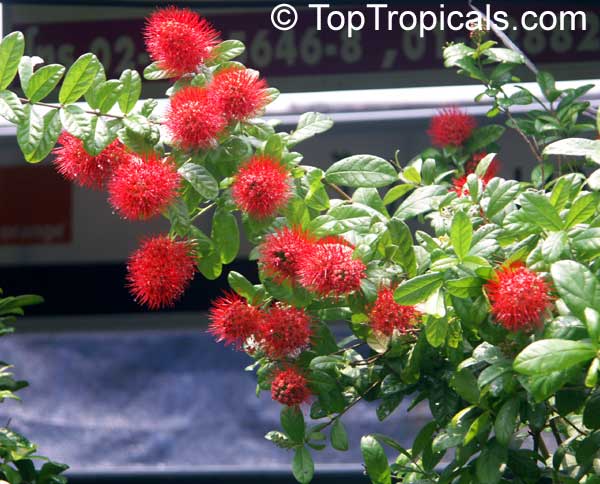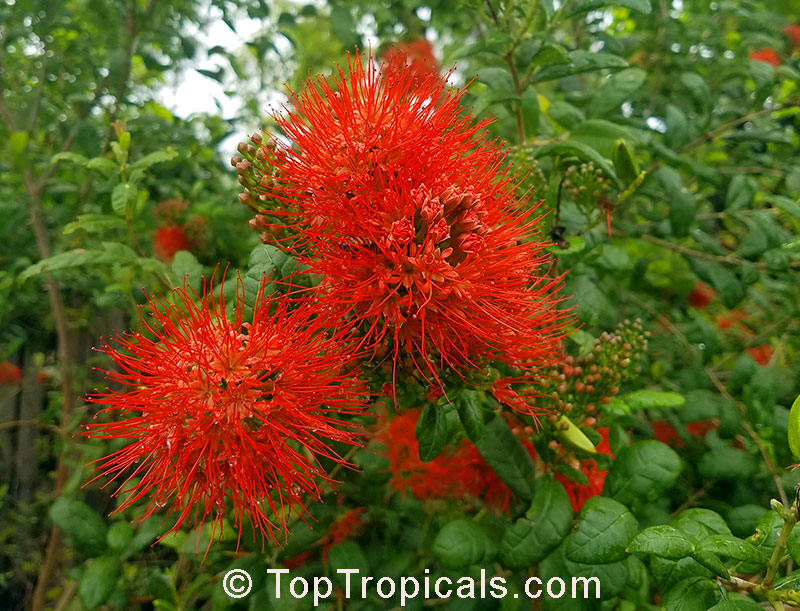Combretaceae - Botanical Family
Top Tropicals Plant Encyclopedia
| Number of plants found: 30 | Next | 
|
Go to page: | 1 | 2 | 3 |
Botanical name: Anogeissus latifolia
Common names: Ghatti, Indian Gum Tree, Dhawa, Indian sumac
Family: Combretaceae
Origin: India





A tree Anogeissus latifolia common to many parts of India, the leaves of which yield a tannin used in that country. The tannin content of the leaves varies considerably, depending on the age of the trees when the leaves are gathered. Dhawa is considered to be well suited for the tanning of light leathers, giving a soft leather of a light color and firm texture. Dhawa is also the source of Ghatti gum.
Botanical names: Bucida buceras, Terminalia buceras
Common names: Florida Black Olive Tree, Shady Lady, Oxhorn Bucida, Gregory Wood
Family: Combretaceae
Origin: Florida






Can reach heights of over 20' tall, stature is strictly dependent upon maintenance and growing conditions. Very drought-tolerant once established. Growth rate is slow to moderate, matte green foliage turns yellow before dropping off in winter. Irregularly shaped branches often can reach quite large diameters. Mature plant cold hardy at least to 30s F for a short time.
Plant care for Bucida buceras (Florida Black Olive Tree) includes full sun and moderate water. Generally, it is easy to grow in a variety of soils as long as they are moist and well-drained. However, it does get affected by phytophthora root rot in wet soils, so a drainage hole should be placed in containers or in the ground if the soil tends to become inundated with water. Root rot can also be treated with a fungicide. The plant should be used in warmer climates, preferably in USDA Zone 9-11. It is not tolerant to cold temperatures, surviving no lower than 30 degrees Fahrenheit.
If you are planning to grow Florida Black Olive Trees in a container in a cold region, they will require more maintenance with respect to water and cold weather protection. To protect the root ball from freezing, the container should be placed in a sheltered area, preferably a porch or garage. Additionally, the container should be one that provides good drainage and is large enough to provide the plant enough room for root growth. In order to protect the plant from freezing, wrap it in burlap or other breathable material over the winter and keep it moist to prevent it from drying out. If the soil in the container dries out in the winter, it can become more susceptible to damage from frosts. Finally, move the container with the Florida Black Olive Tree indoors to protect it from prolonged temperatures below 30 degrees Fahrenheit.
Botanical names: Bucida spinosa, Bucida molinetti, Terminalia spinosa
Common names: Spiny Black Olive, Ming Tree
Family: Combretaceae
Origin: Florida, Caribbean









Exotic rare small tree that is valuable as unusual bonsai subject or specimen plant. This delicate tree grows into a bonsai almost by itself. Can be used as a potted indoor tree. It is very salt tolerant, making it a good choice for bonsai lovers by the sea. Bonsai shapes that are awesome. They have small leaves and thorns and and grow out erratically in all directions, forming diamond-like lace. The tree produces a small, black seed-capsule. In natural habitat, Black olive can grow as 40 ft tall evergreen tree with a smooth trunk holding up strong, wind-resistant branches, forming a pyramidal shape when young but developing a very dense, full, oval to rounded crown with age. Sometimes the top of the crown will flatten with age, and the tree grows horizontally. The lush, dark bluish-green, leathery leaves are two to four inches long and clustered at branch tips, sometimes mixed with the 0.5 to 1.5-inch-long spines found along the branches. The plant likes to be well-watered and frequent fertilization, which promotes vigorous growth. Pest problems seem rare. It may throw some leaves during stress (like shipping or cool weather), but will recover easily.
Botanical name: Bucida variegata
Common name: Dwarf Geometry Tree
Family: Combretaceae
Origin: Bahamas






The Dwarf Geometry tree, scientifically known as Bucida sp. variegata, is a rare and exotic small tree that is highly valued as an unusual bonsai subject or specimen plant. This delicate tree grows into a bonsai almost by itself and can be used as a potted indoor tree. It is very salt-tolerant, making it a great choice for bonsai enthusiasts who live near the sea.
This evergreen tree is native to the Bahamas, where it grows in full sun and moderate water conditions. It is hardy in USDA Zone 9-11. In colder regions, it must be grown in a pot and placed in a sheltered location to protect it from frost.
The Dwarf Geometry tree is prized for its ornamental foliage, which consists of shiny, dark green leaves and crooked, thorned stems. The foliage is unique and creates an interesting bonsai shape, with small leaves and thorns that grow out erratically in all directions, forming a diamond-like lace. Its dark, olive-green foliage also creates attractive contrast with other plants, making it a great choice for your houseplant collection.
In addition to its ornamental value, Bucida sp. variegata has ethnomedical uses, including wound healing, fever reduction, and other medicinal purposes. For centuries, the leaves, stem, and bark of the tree have been used in traditional medicine.
In its natural habitat, the Black Olive tree can grow as a 50 ft tall evergreen tree with a smooth trunk holding up strong, wind-resistant branches, forming a pyramidal shape when young, but developing a very dense, full, oval to rounded crown with age. Sometimes, the top of the crown will flatten with age, and the tree grows horizontally.
The Dwarf Geometry tree is an excellent choice if you are looking for a smaller, rare tree for your bonsai collection. It provides interesting foliage, ornamental contrasts, and a host of ethnomedical uses. With proper care, this rare tree can be enjoyed for many years.
Botanical name: Combretum apiculatum
Common name: Red Bushwillow
Family: Combretaceae
Origin: South Africa





Botanical name: Combretum aubletii
Common name: Monkey's brush
Family: Combretaceae
Origin: S. America








Combretums are very impressive plants, and this one is definitely one of the brightest of them. Powder-puff flowers are multi-colored: yellow, orange, and red. When in bloom, this vining shrub is all covered with them, looks like a fire. Can be trimmed as a shrub or grows as a vine with support when you let it go.
Recommended Fertilizer: SUNSHINE Megaflor - Bloom Nutrition Booster
Botanical name: Combretum caffrum
Common names: Riverbushwillow, African bush willow, Cape Bushwillow, Bushveld willow
Family: Combretaceae
Origin: South Africa






One of the most talked about trees due to the discovery of the combretastatin which showed promise as a possible cure for cancer.
Botanical name: Combretum coccineum
Common name: Scarlet Comb
Family: Combretaceae
Origin: Madagascar









Beautiful climber with masses of small bright red star-shaped flowers in large panicles. Foliage of a luxuriant glossy dark green. It can be utilized, with proper prunings, as isolated specimen in parks and gardens or as climber for creating barriers and for covering fences and pergolas.
Botanical name: Combretum constrictum
Common names: Thailand Powderpuff, Ball of Fire
Family: Combretaceae
Origin: South East Asia









Native to tropical rainforests of Southeast Asia, Combretum constrictum, or Thailand Powderpuff, is a large shrub or vine creeper up to 5 to 10 feet tall, depending on its pruning level and support. It is grown in USDA Plant Hardiness Zones 9 to 11, but mature plants may be cold hardy at least to 30s F for a short time with some protection.
Thailand Powderpuff needs full sun or part shade and regular water, as it is native to rainforest habitats. Its reddish-crimson or vinous-color flowers are clustered, attracting butterflies, hummingbirds and other nectar seekers.
It has some ethnomedical uses in Southeast Asia, and is considered a powerful energy plant, believed to dispell negative energy, promote abundance and increase joy.
When gardening in colder climates, Thailand Powderpuff is quite suitable to pot-growing, as it can be easy managed with pruning and moved indoors during the chilliest nights. For indoor growing it requires bright indirect light, sufficient water and warm temperatures. Add a layer of mulch around the roots to prevent its root-system from cooling down with the night temperatures and losing vigor.
Overall an easy to grow and maintain plant with very showy and beautiful flowers, it will add an exotic touch to any garden with its vining foliage.
Recommended Fertilizer: SUNSHINE Megaflor - Bloom Nutrition Booster
| Next |  |
Use link to repeat this search:
https://toptropicals.com/cgi-bin/garden_catalog/cat.cgi?search_op=and&keyword_op=and&language=e&family=Combretaceae
&number=10&no_change_lang=1&user=tt&sale=1&first=0
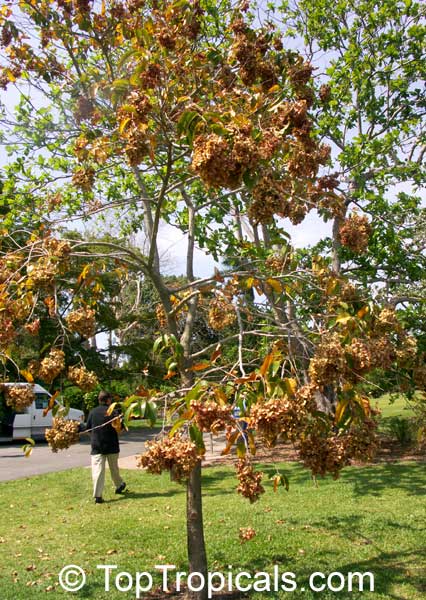
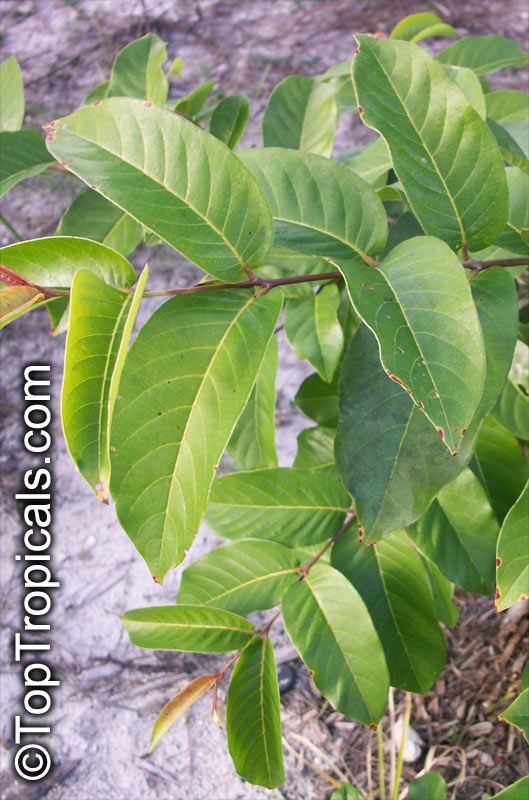
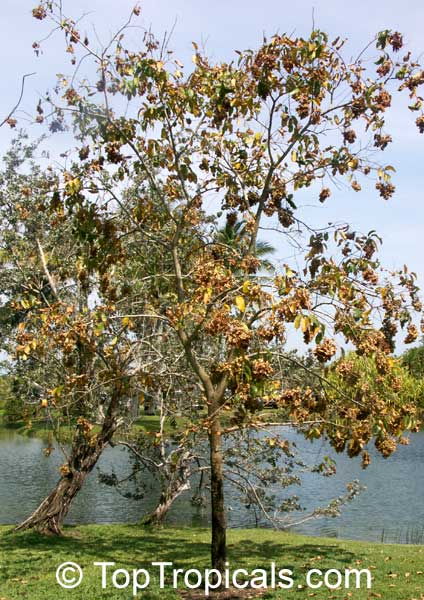
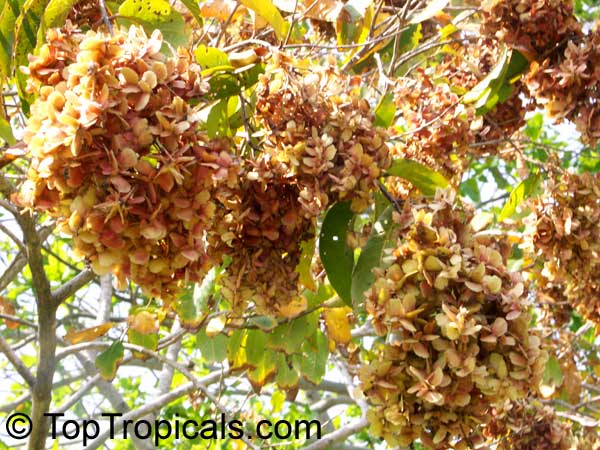
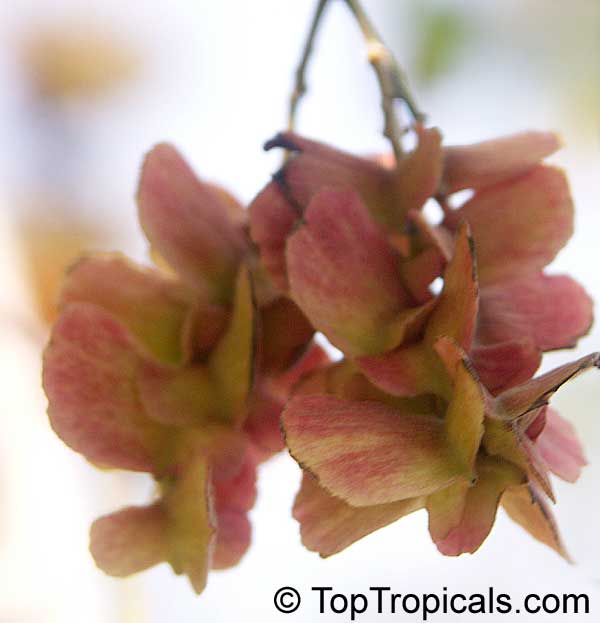
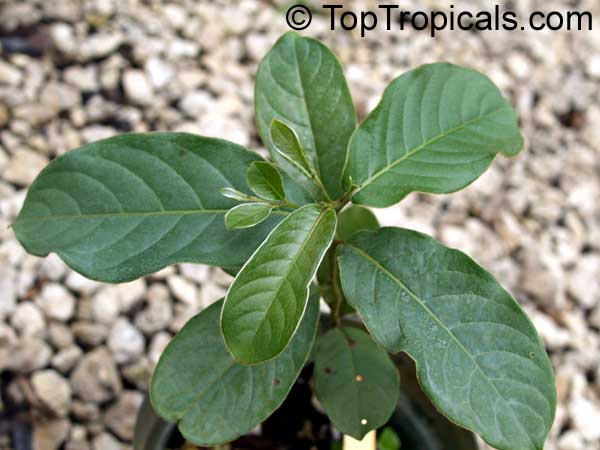
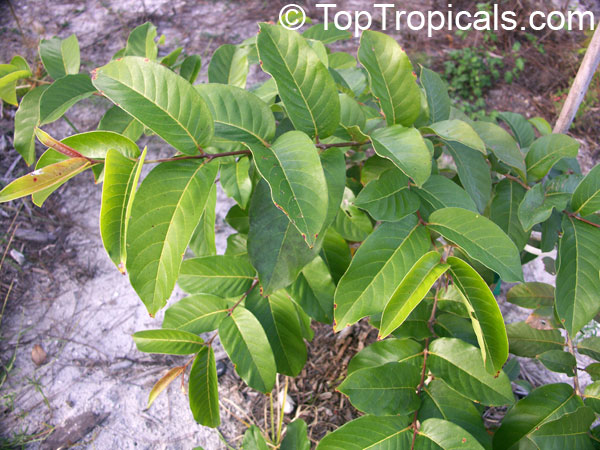







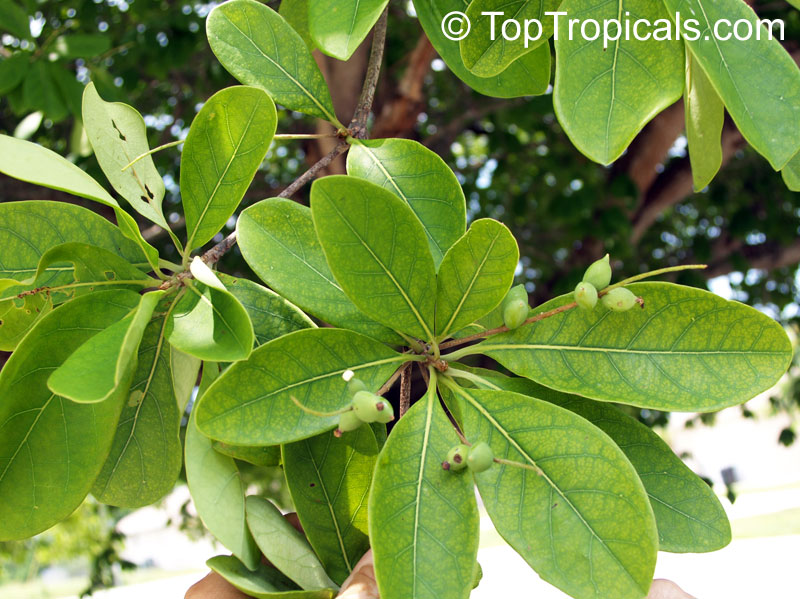
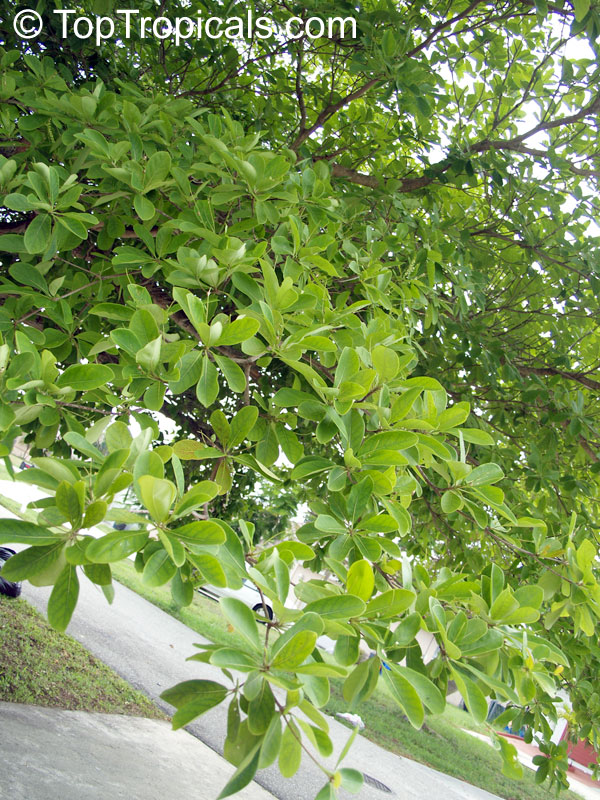
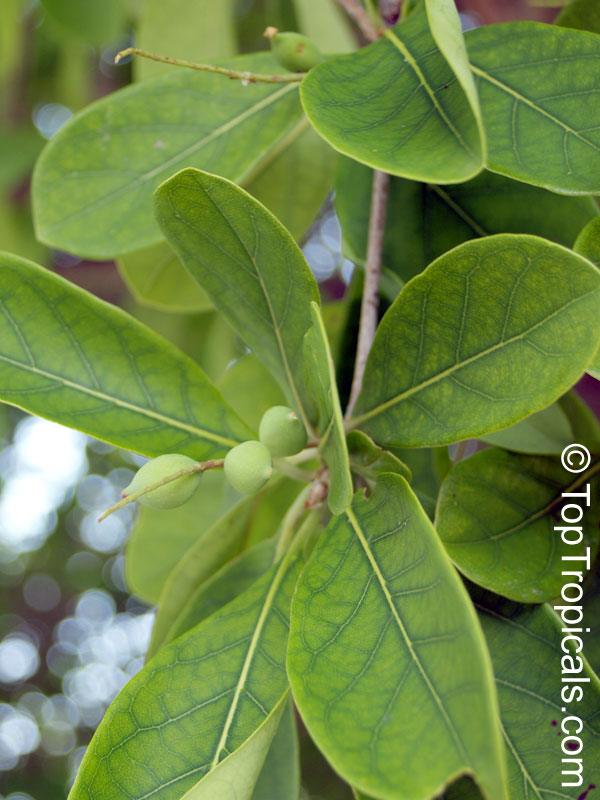
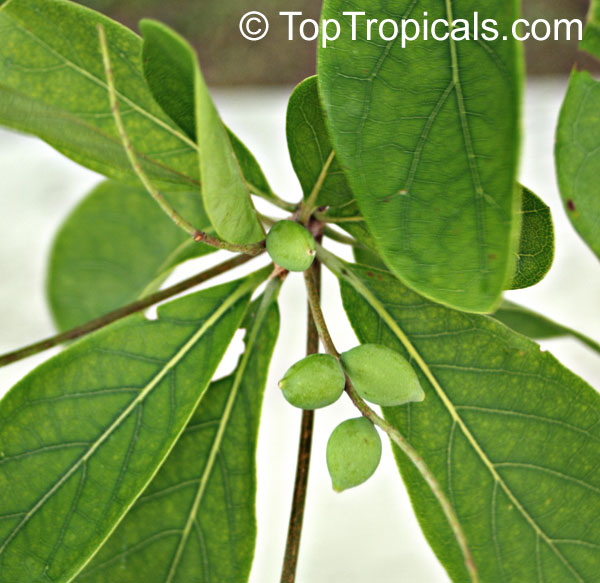
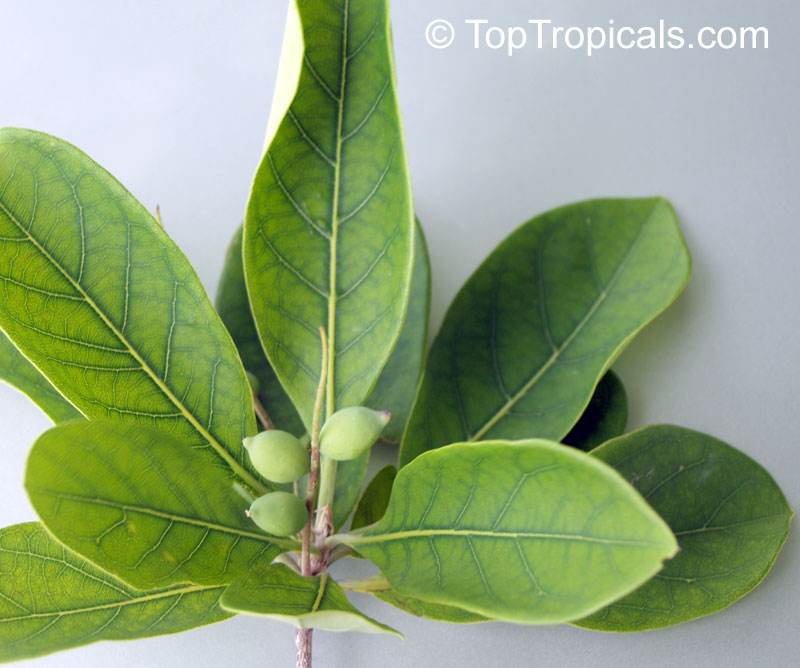
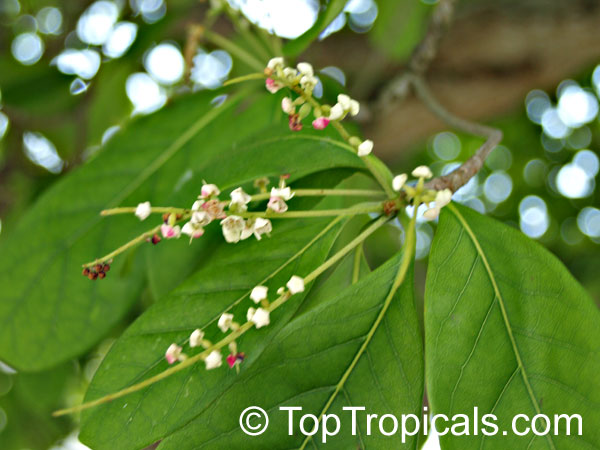
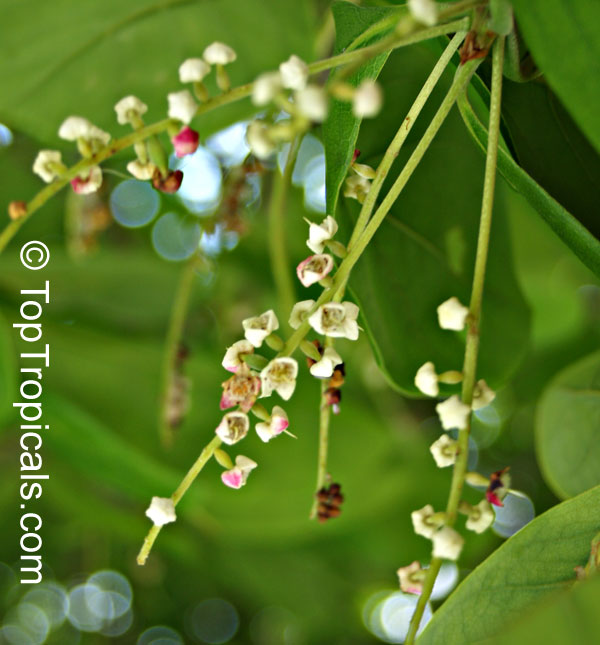
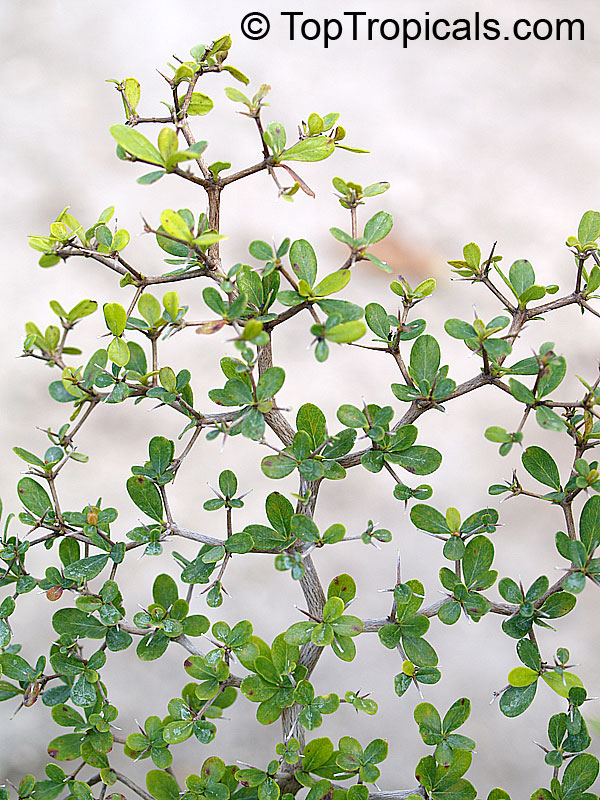
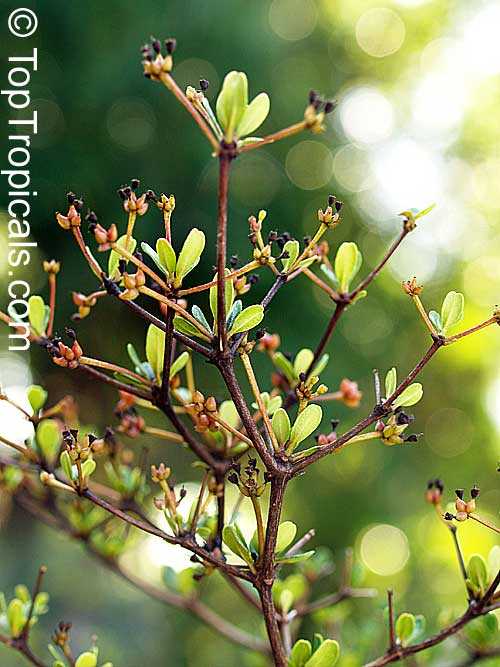
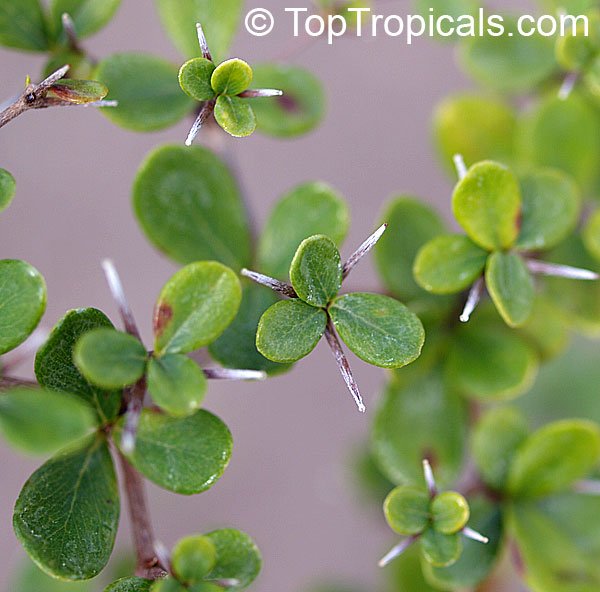
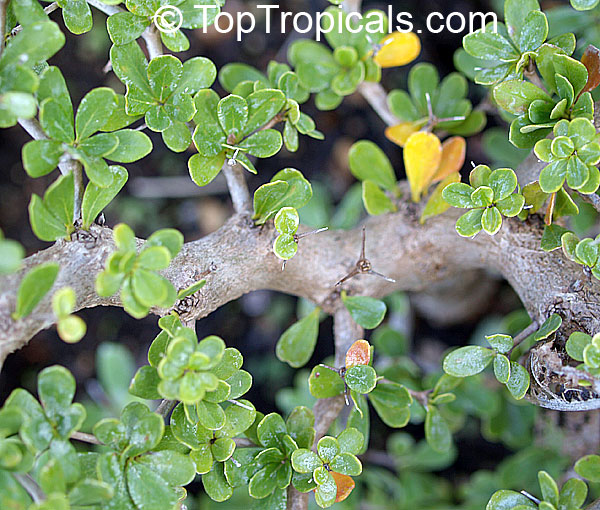
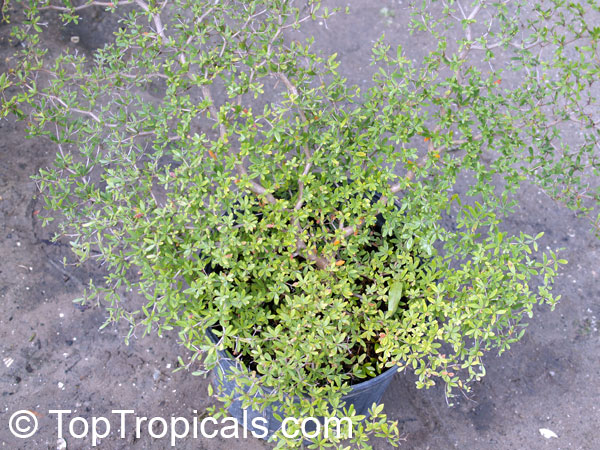
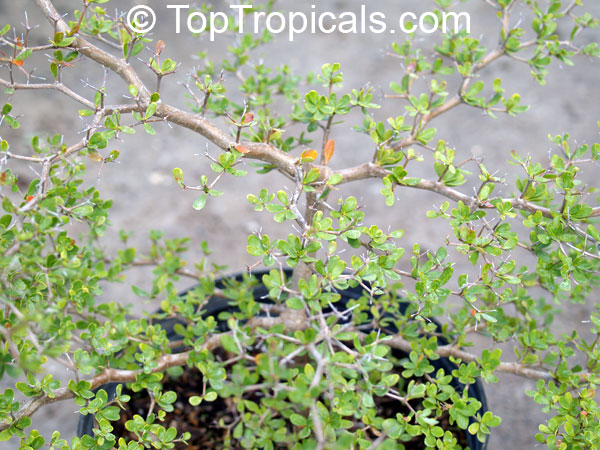
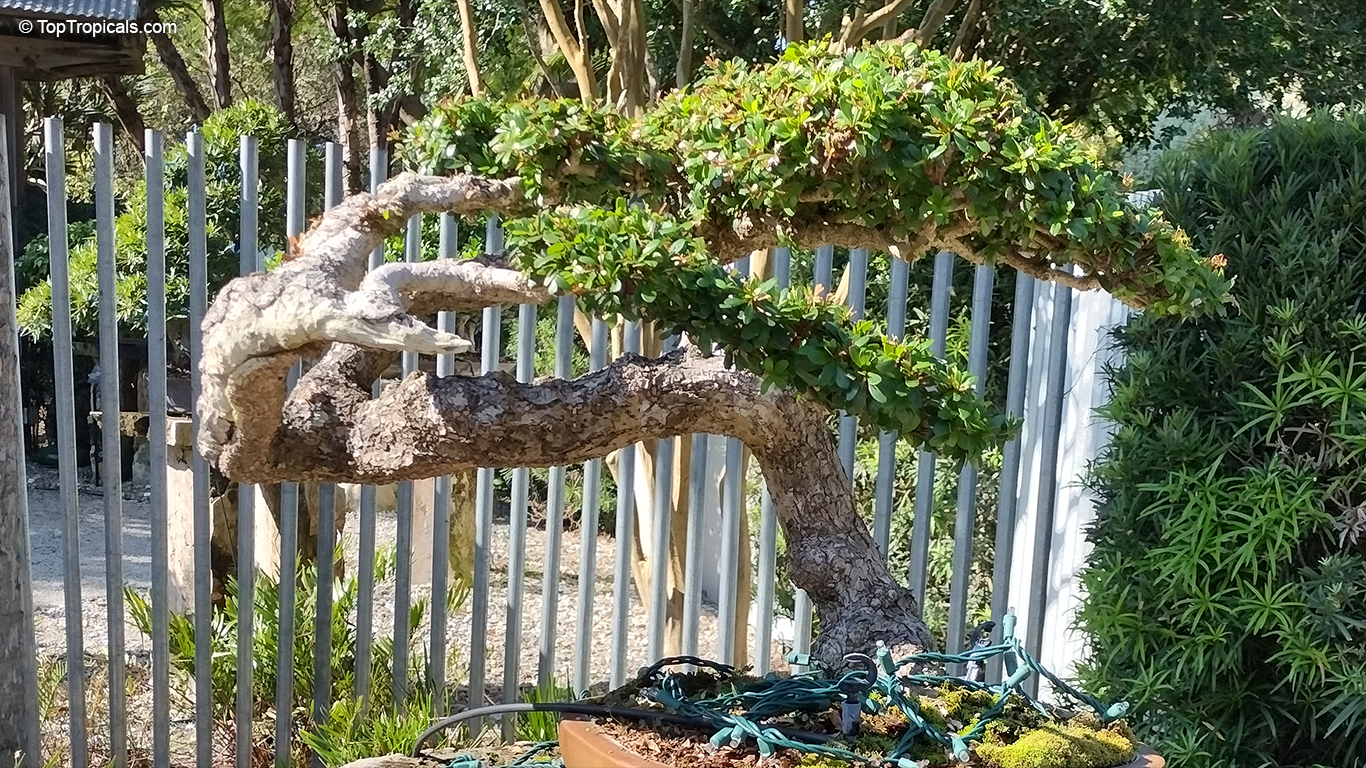
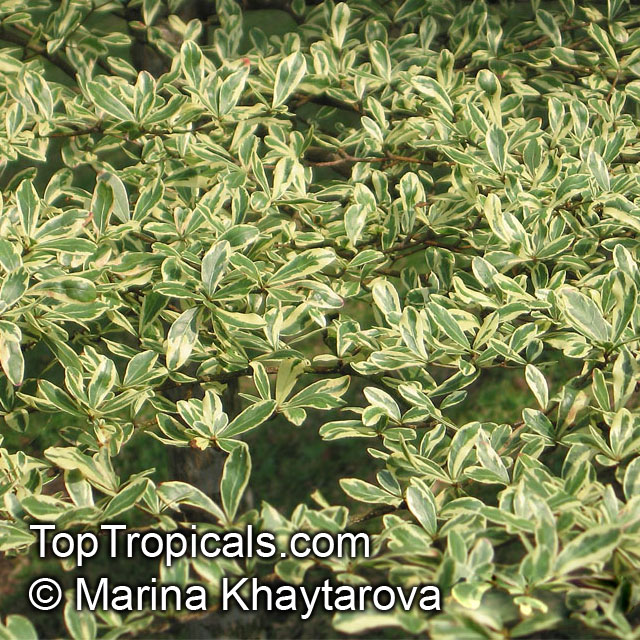
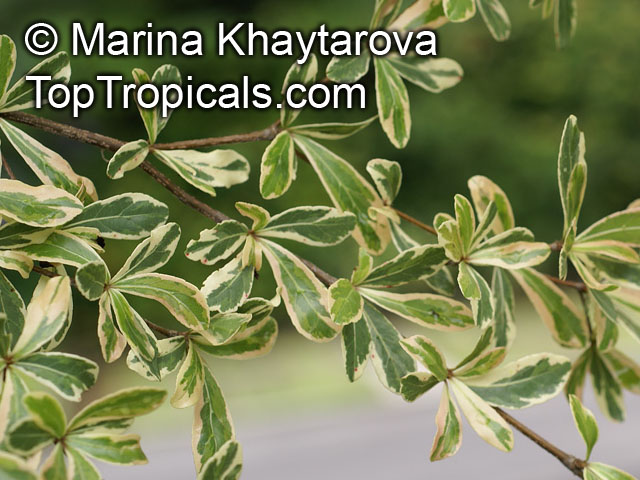
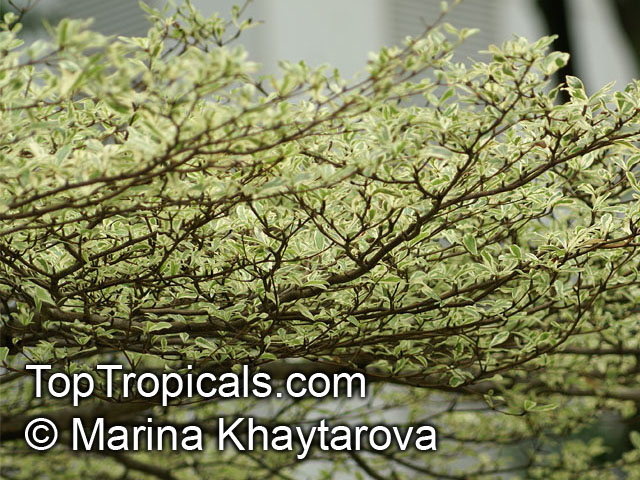
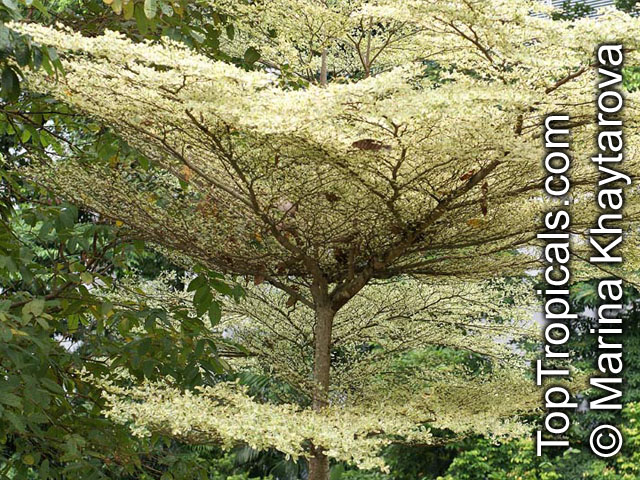
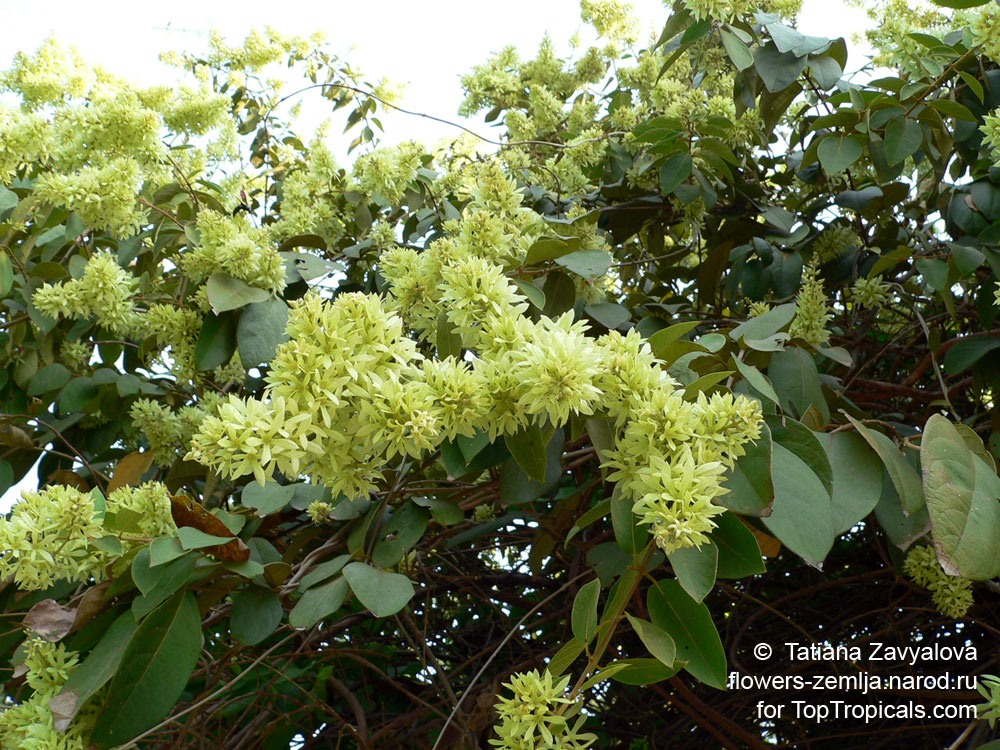


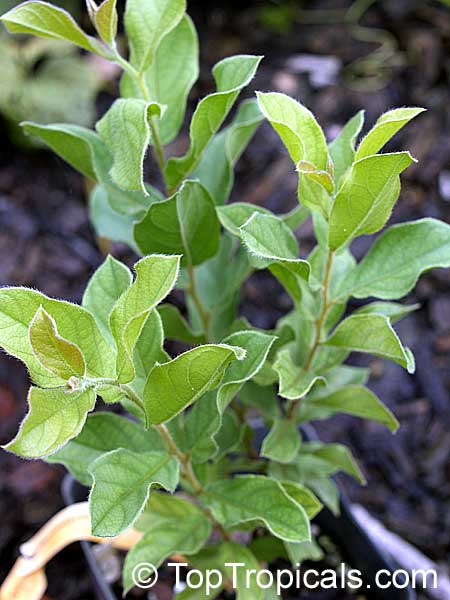
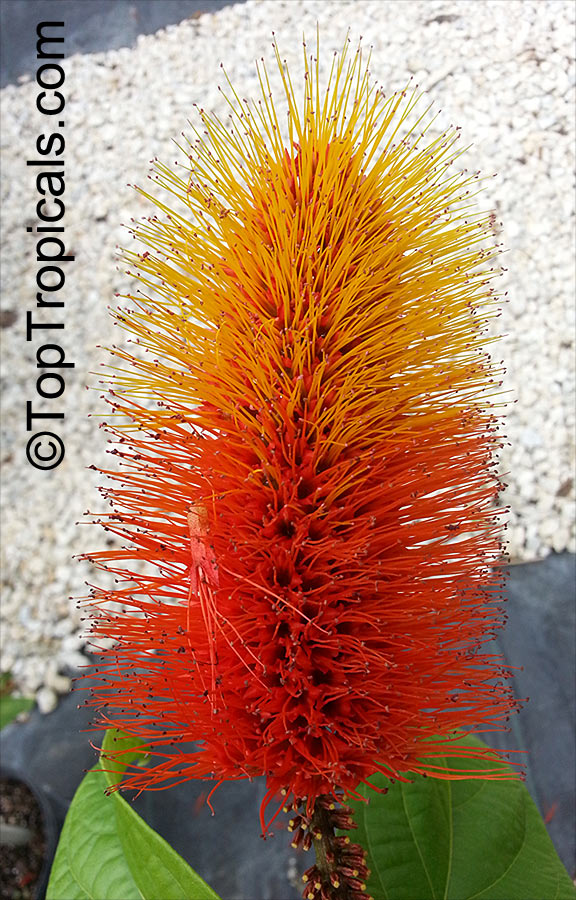
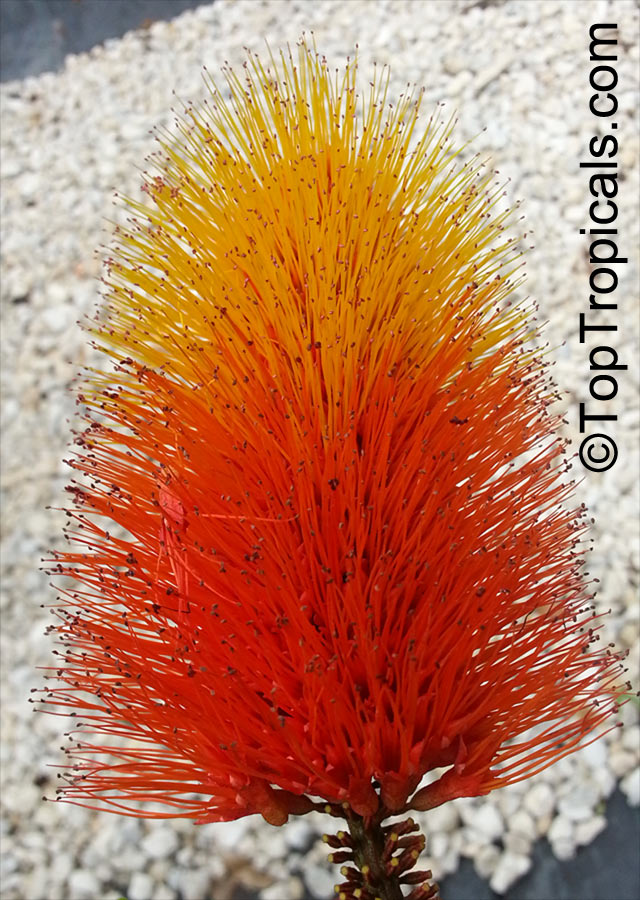
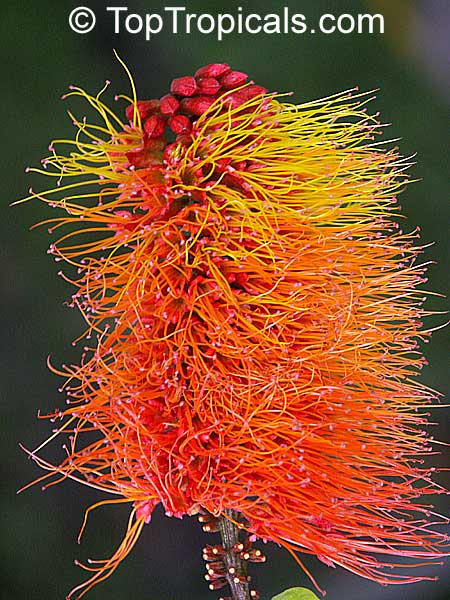
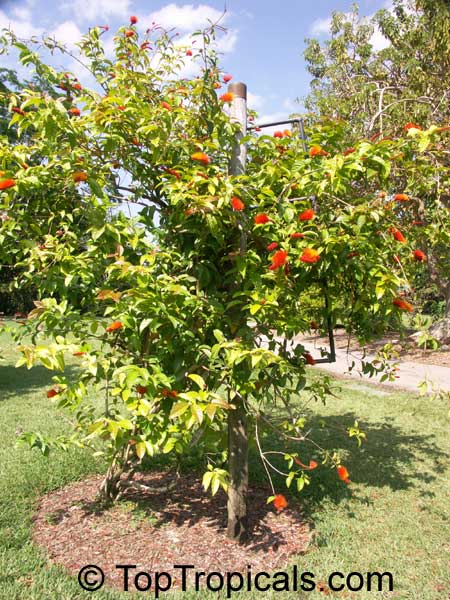
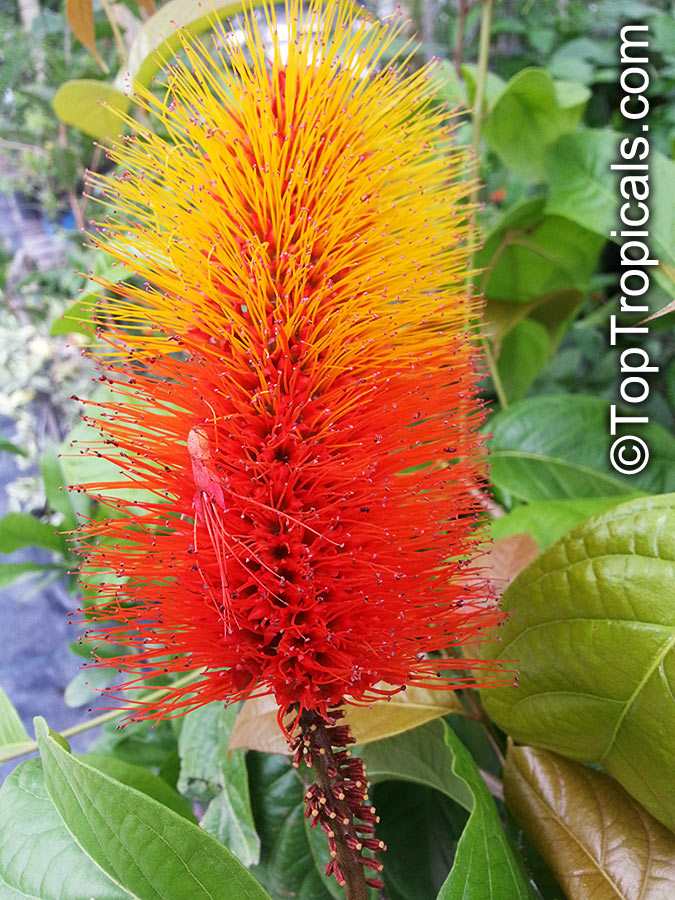
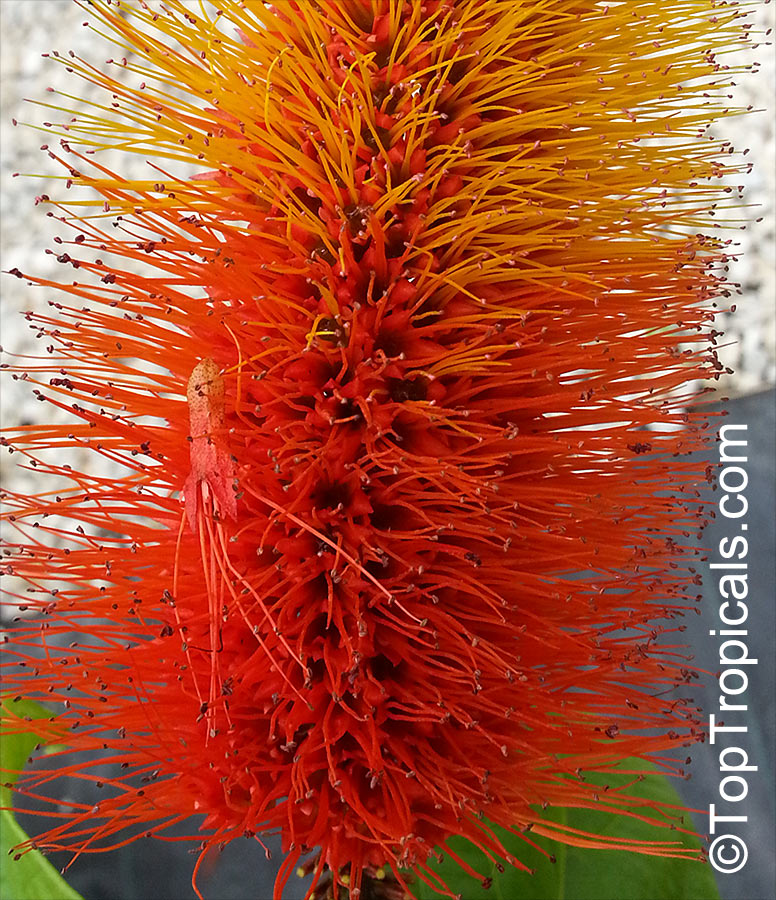
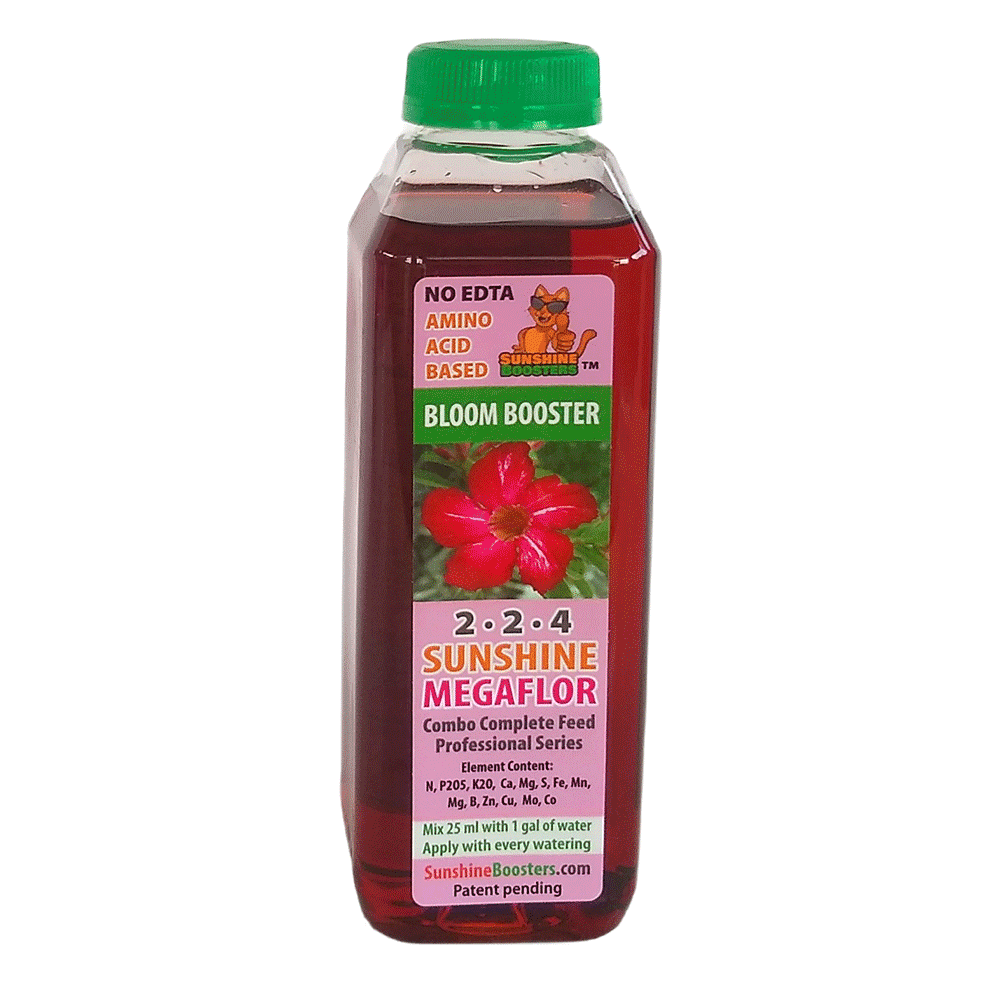 SUNSHINE Megaflor (NPK 2-2-4) - Bloom Booster for every watering. Formulated especially for blooms, to boost flowering, improve flower size and quality, and stimulate pollen development. This is an eco-friendly nutrition booster that can be used for organic gardens. Can be used for daily feeding with every watering. Scientifically-balanced stable formula is organic Amino-acid based and has NO EDTA chelators to eliminate nutrients lockup; it does not affect crop taste. Organic Amino acids greatly enhance stability of all Sunshine boosters and provide excellent absorption of trace elements. Pollinating insects friendly.
SUNSHINE Megaflor (NPK 2-2-4) - Bloom Booster for every watering. Formulated especially for blooms, to boost flowering, improve flower size and quality, and stimulate pollen development. This is an eco-friendly nutrition booster that can be used for organic gardens. Can be used for daily feeding with every watering. Scientifically-balanced stable formula is organic Amino-acid based and has NO EDTA chelators to eliminate nutrients lockup; it does not affect crop taste. Organic Amino acids greatly enhance stability of all Sunshine boosters and provide excellent absorption of trace elements. Pollinating insects friendly.
